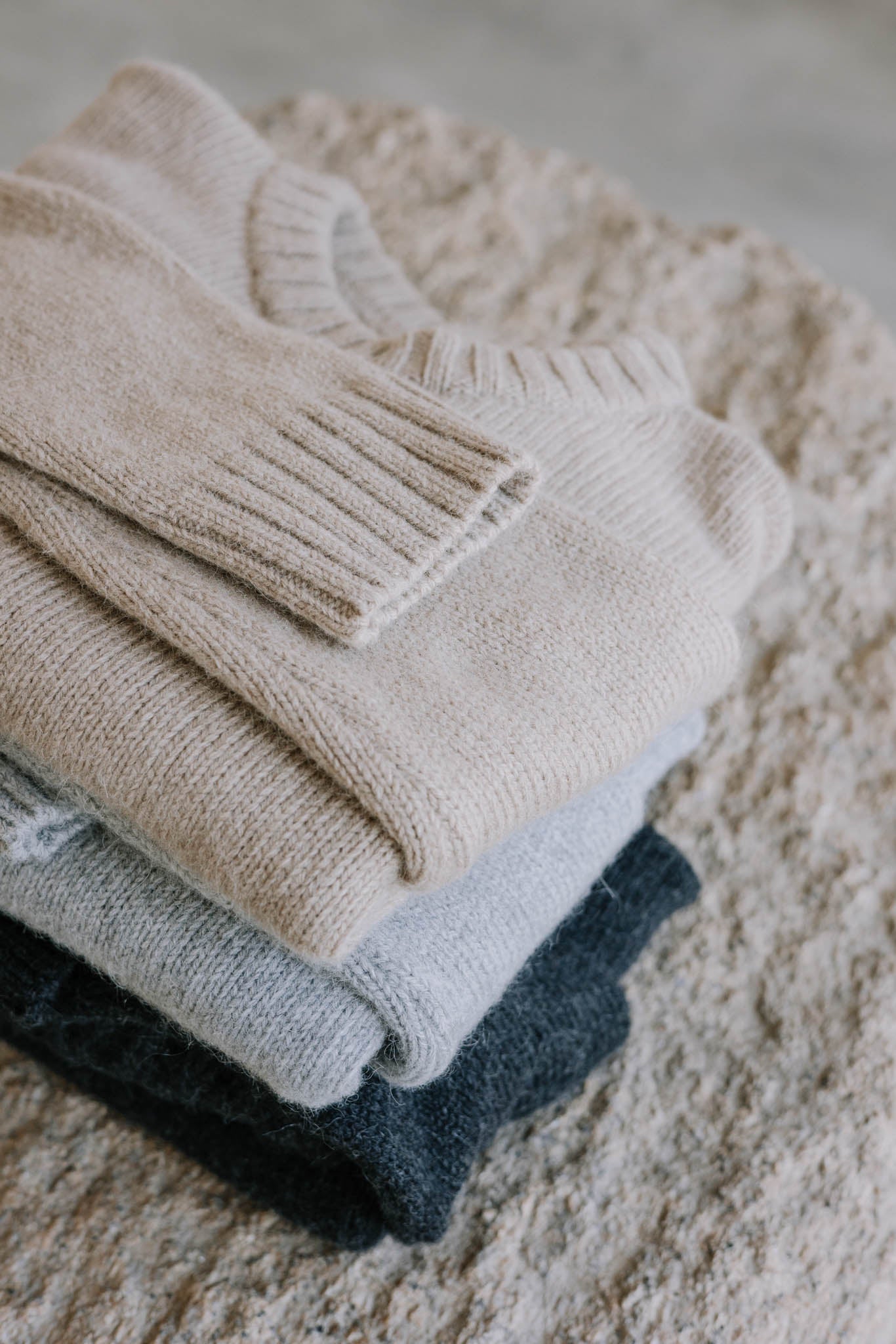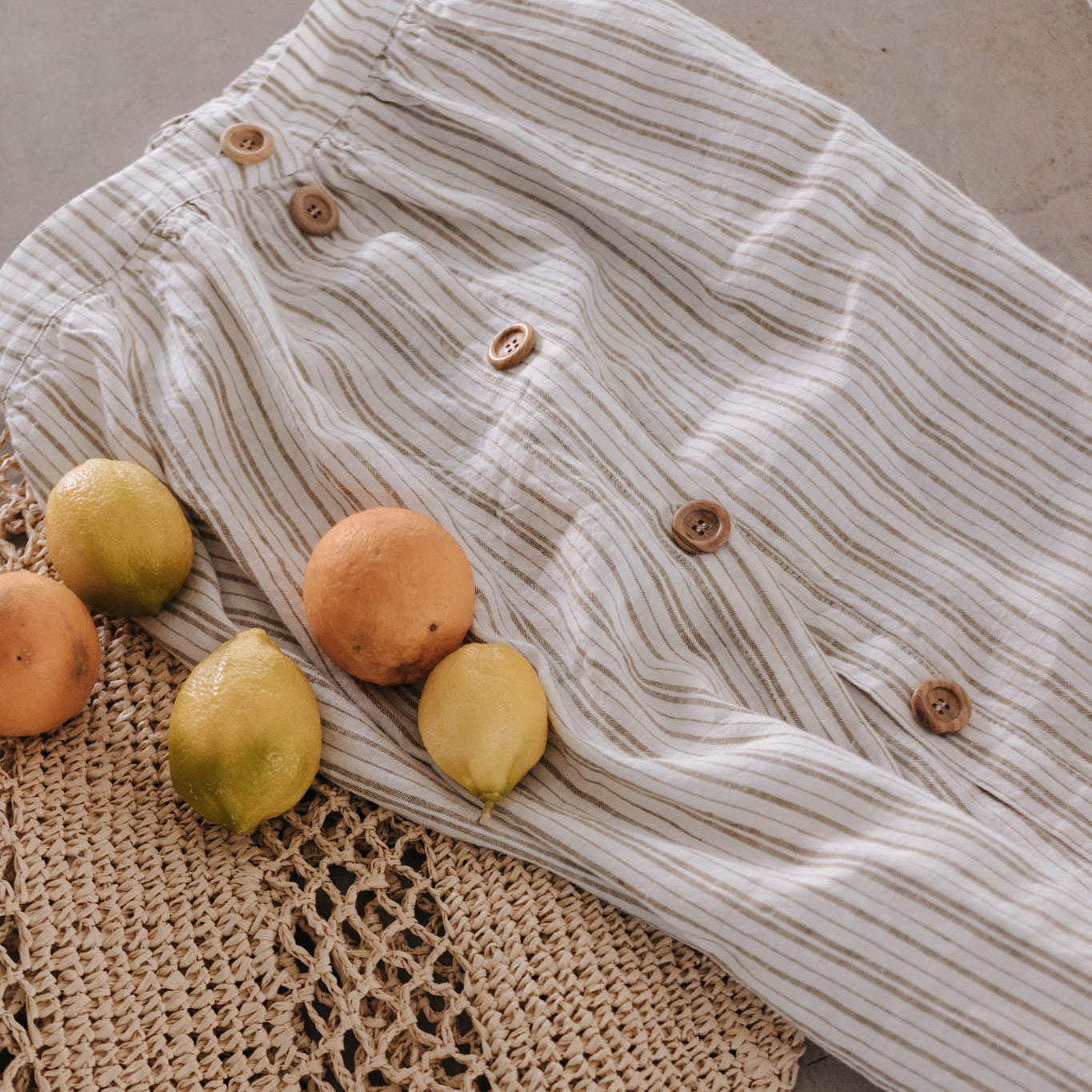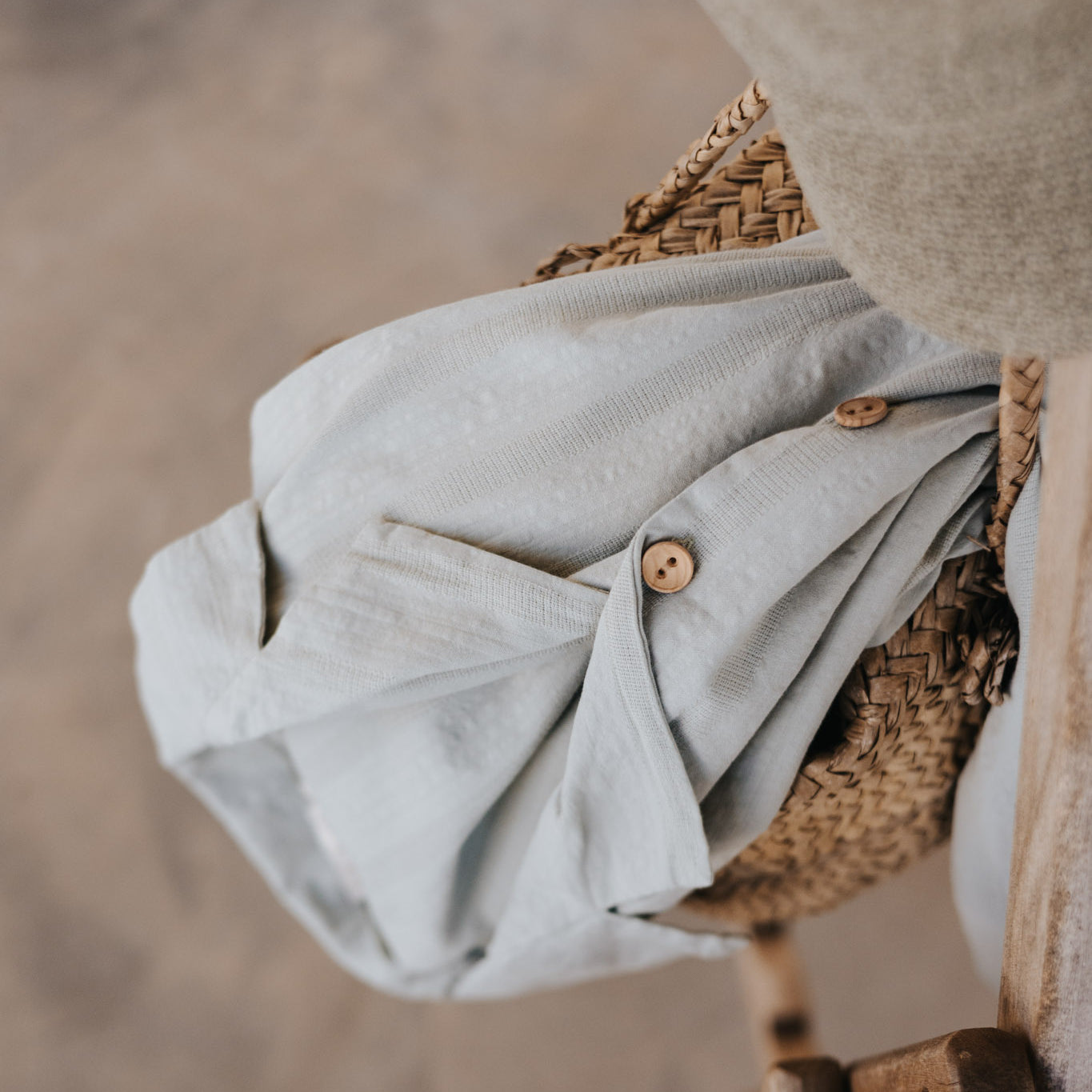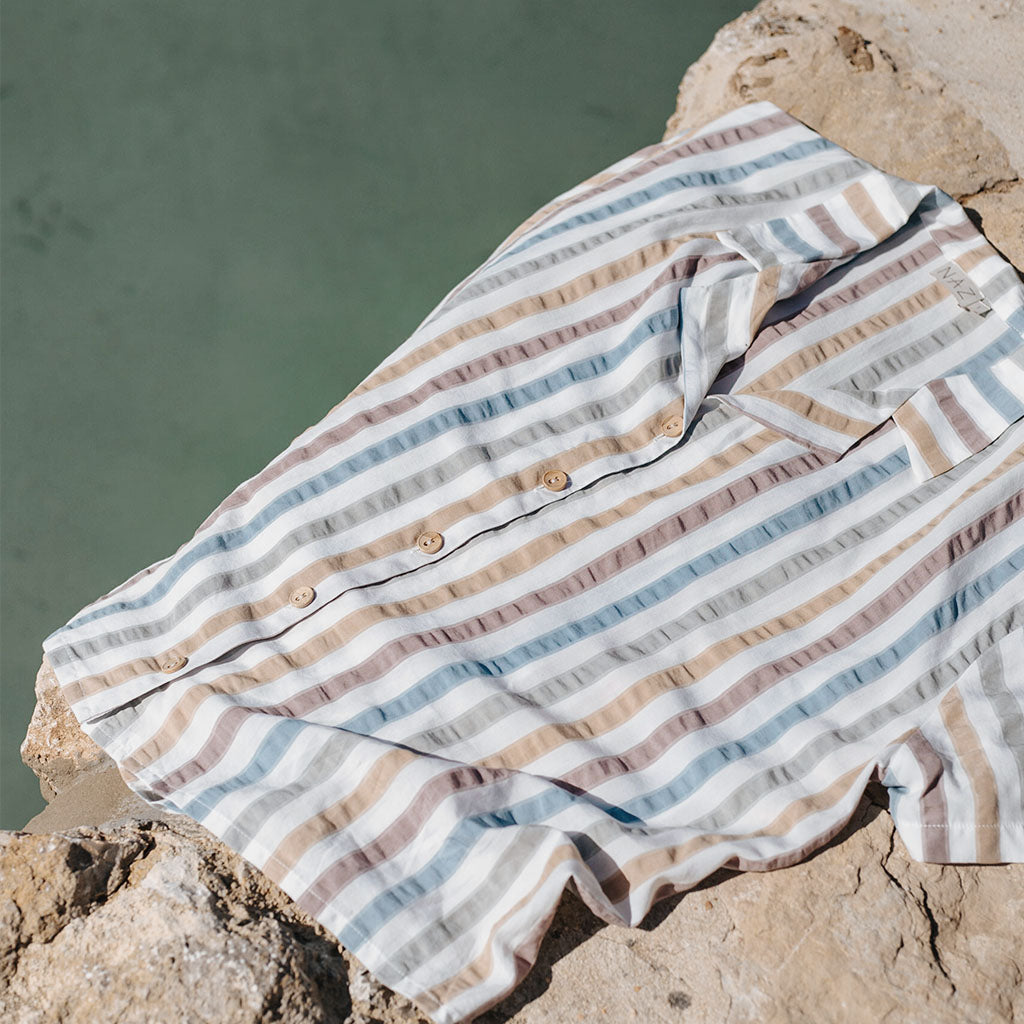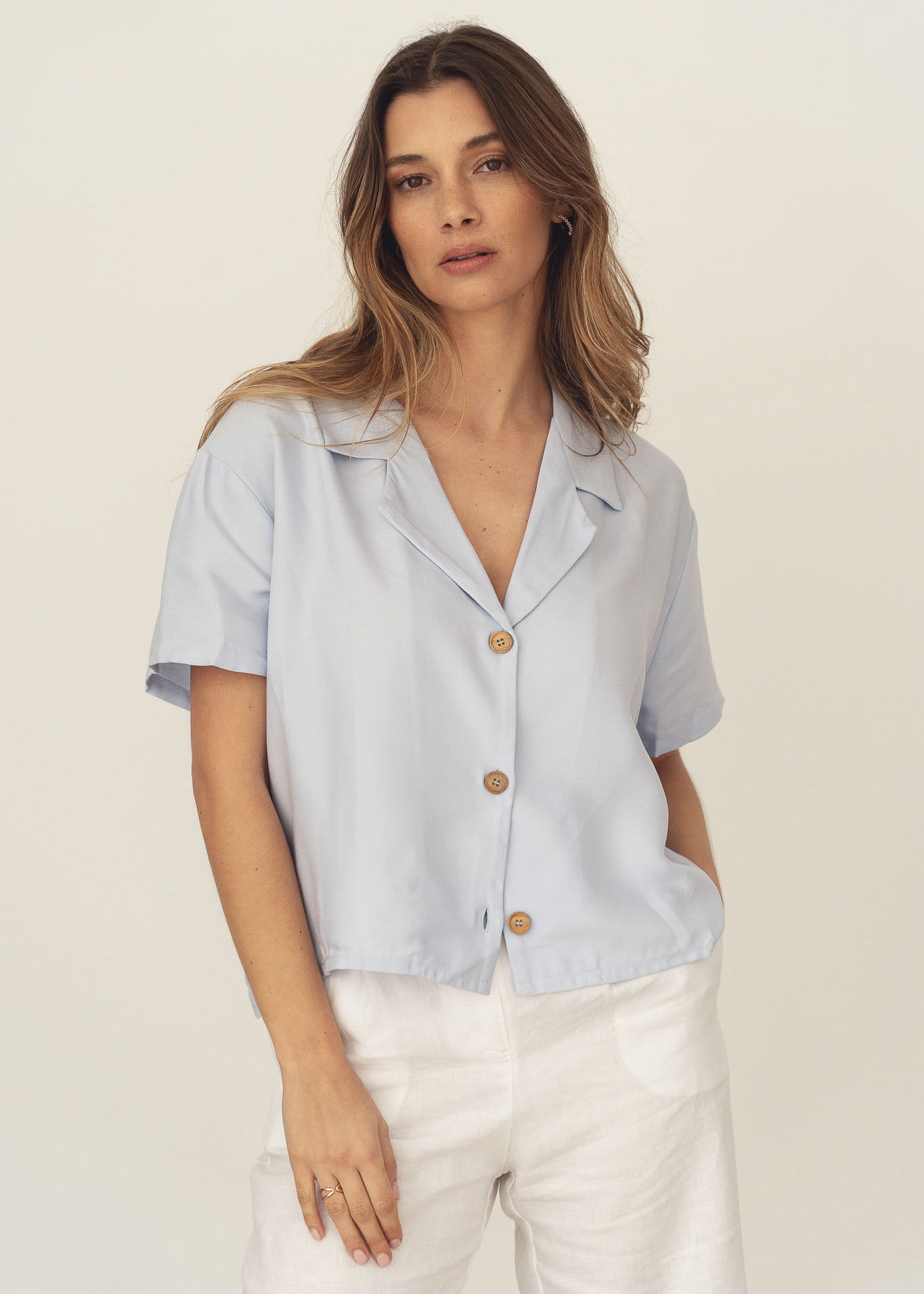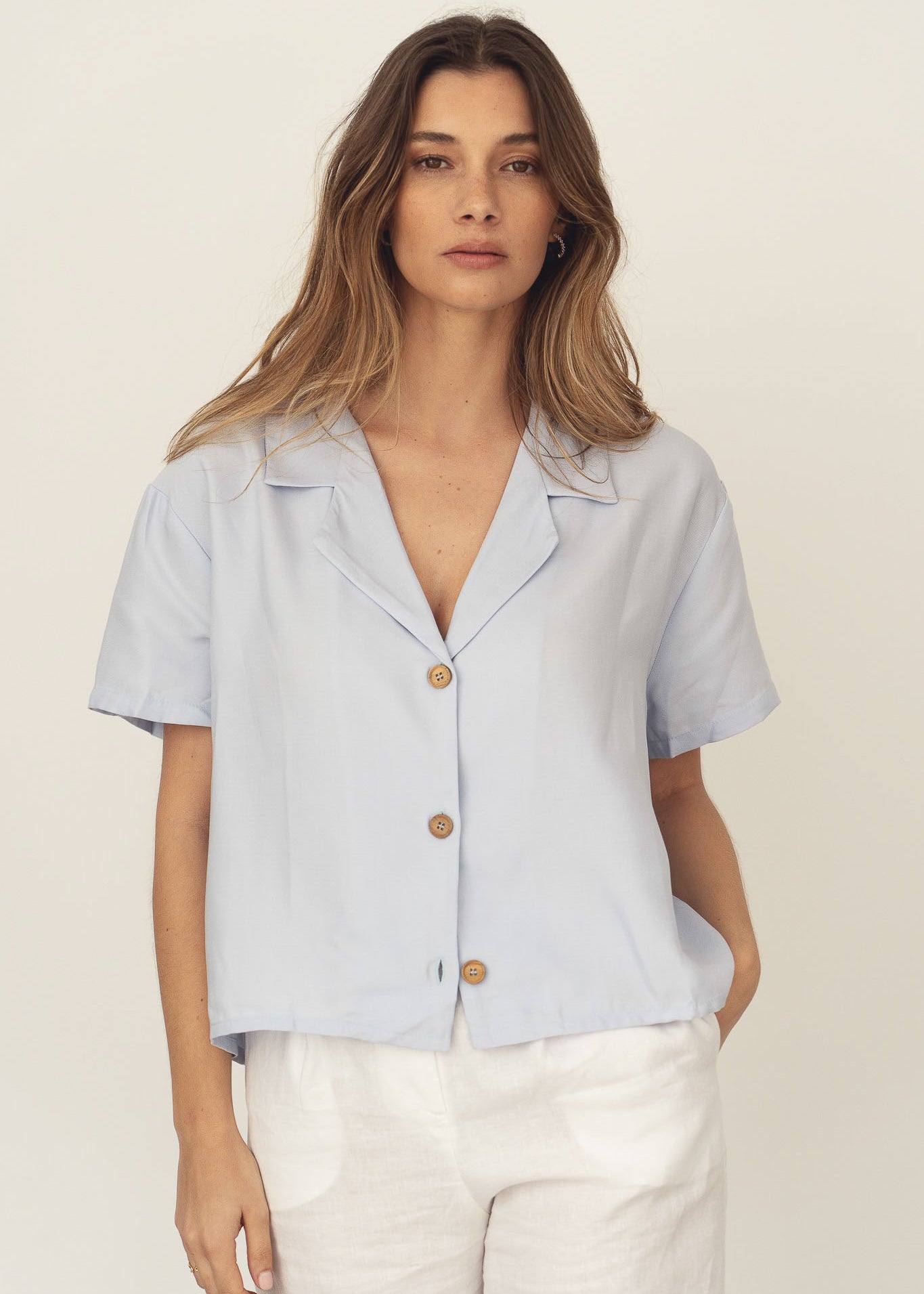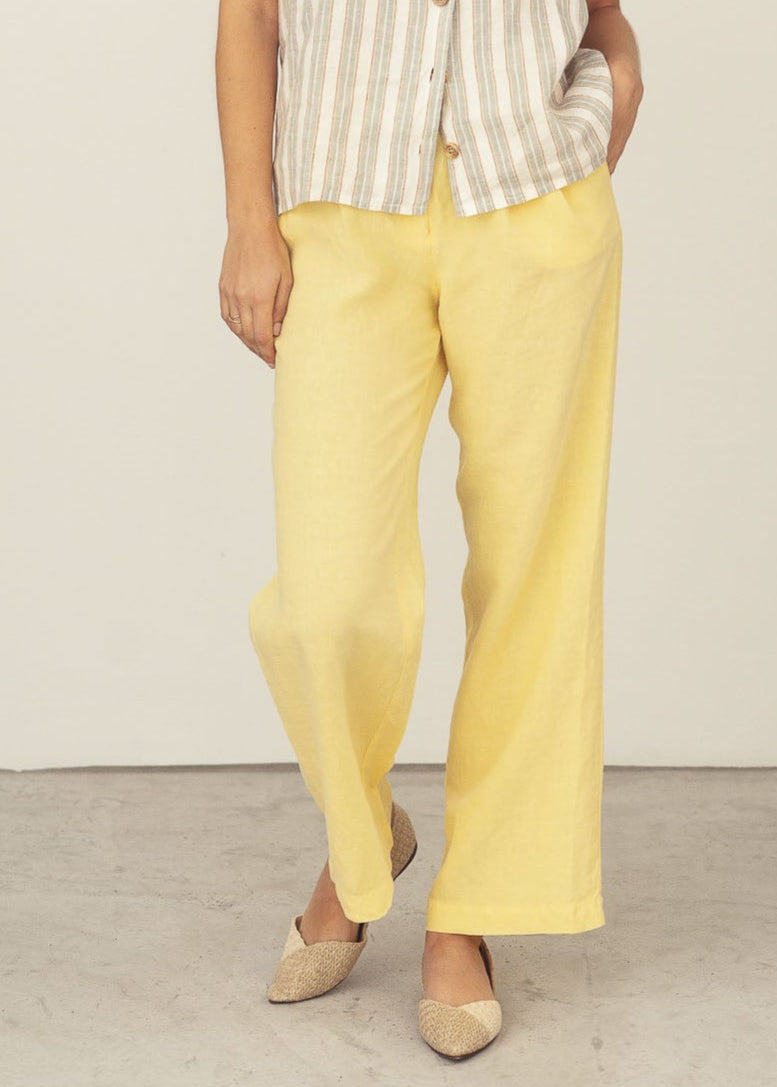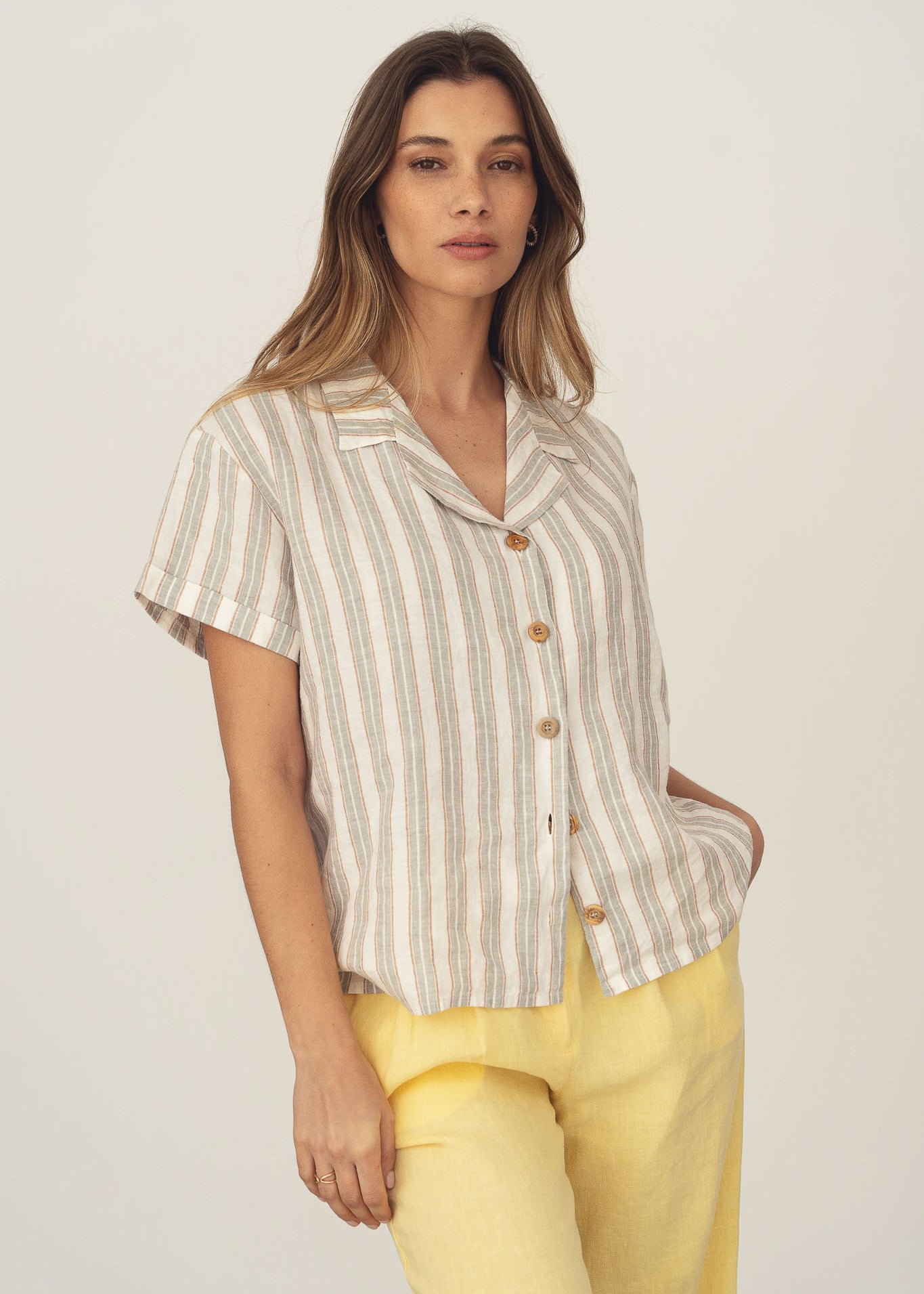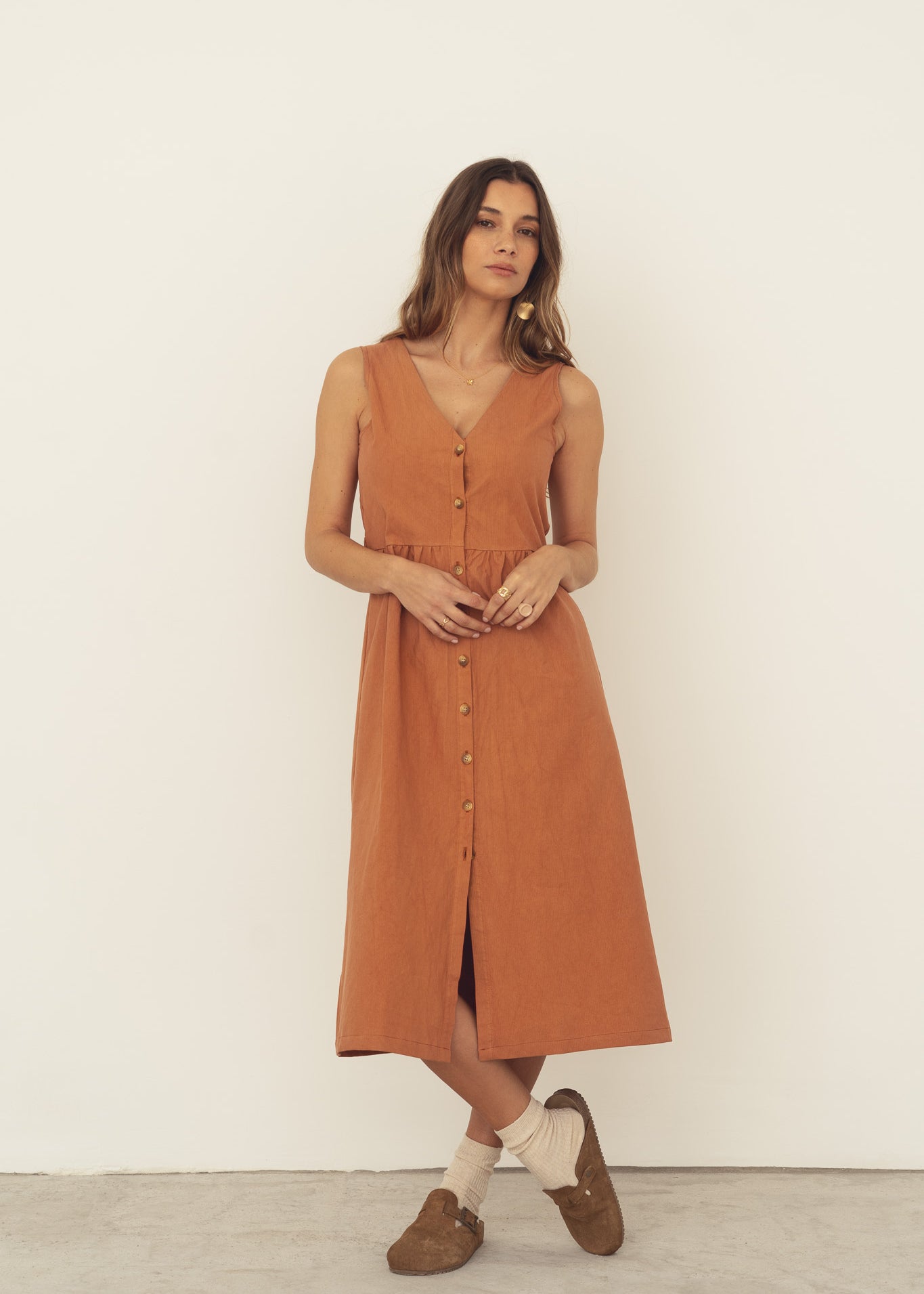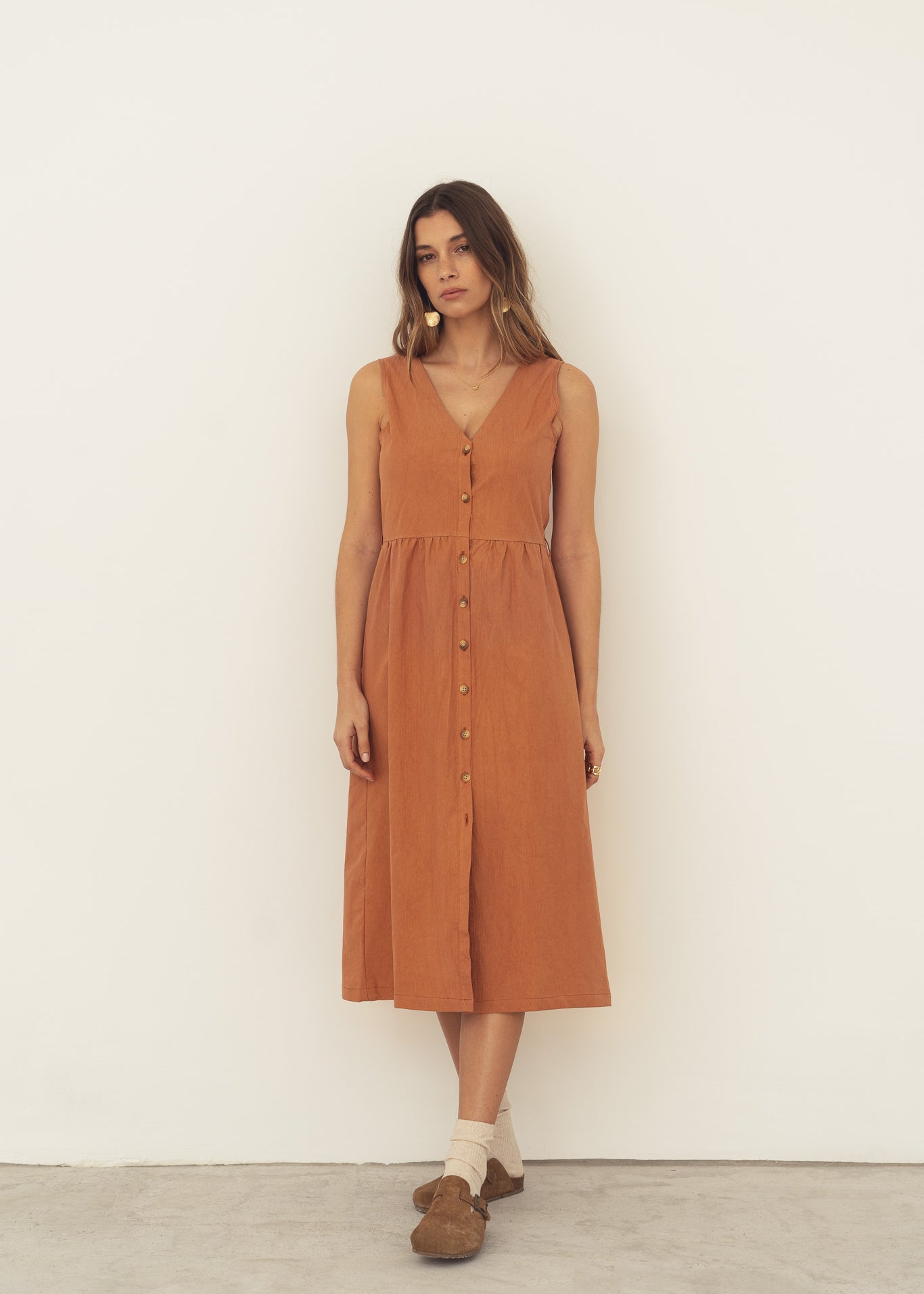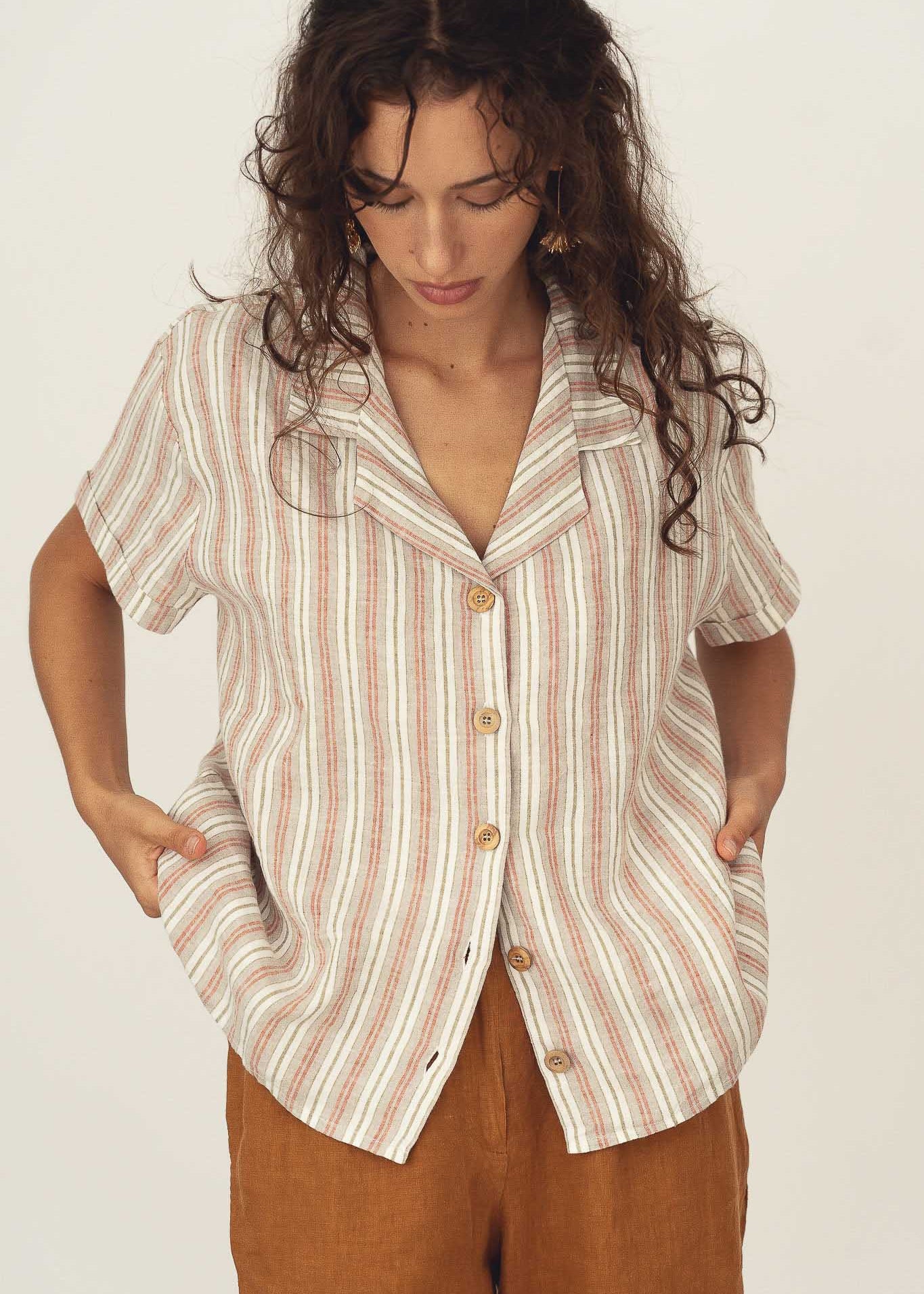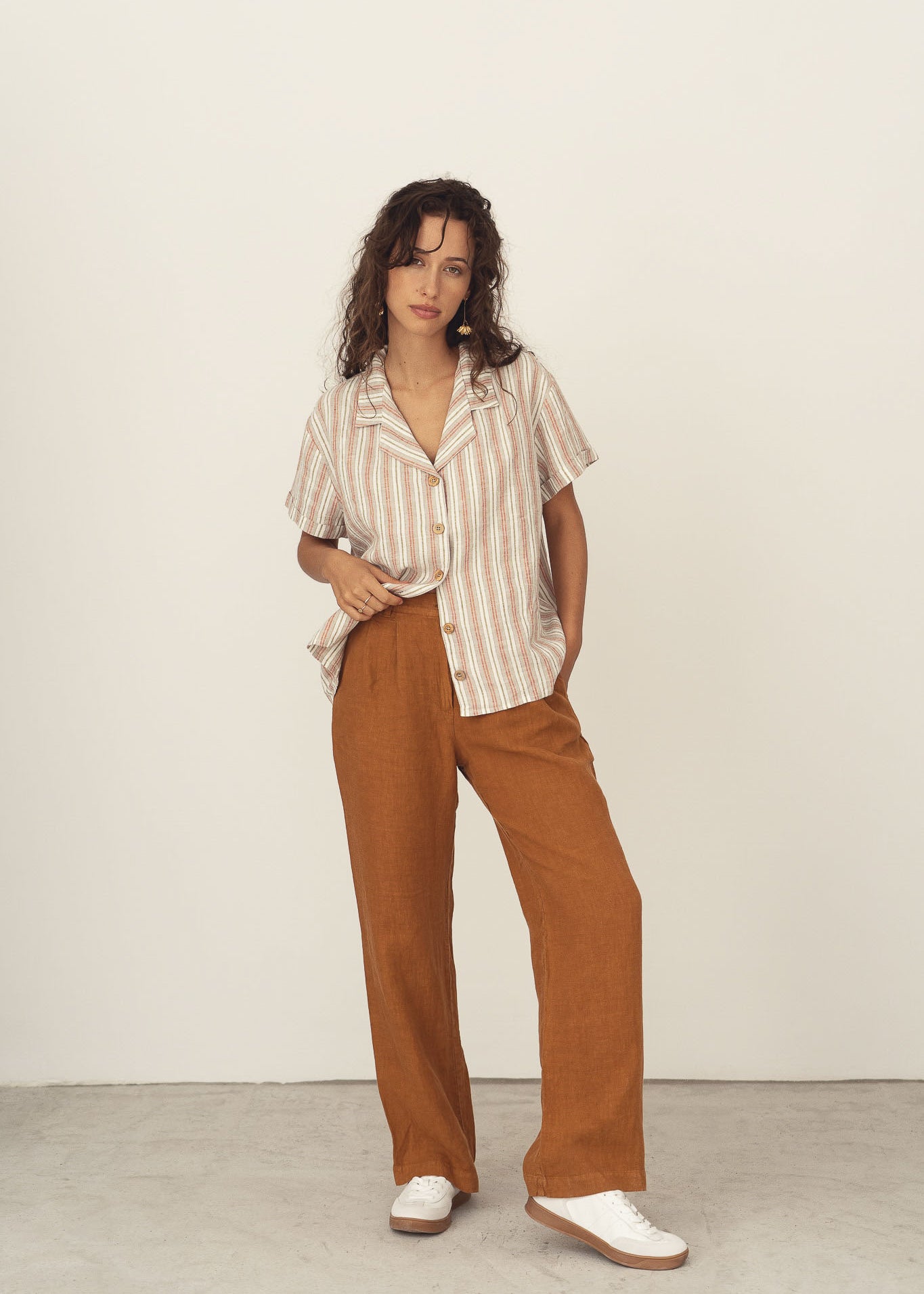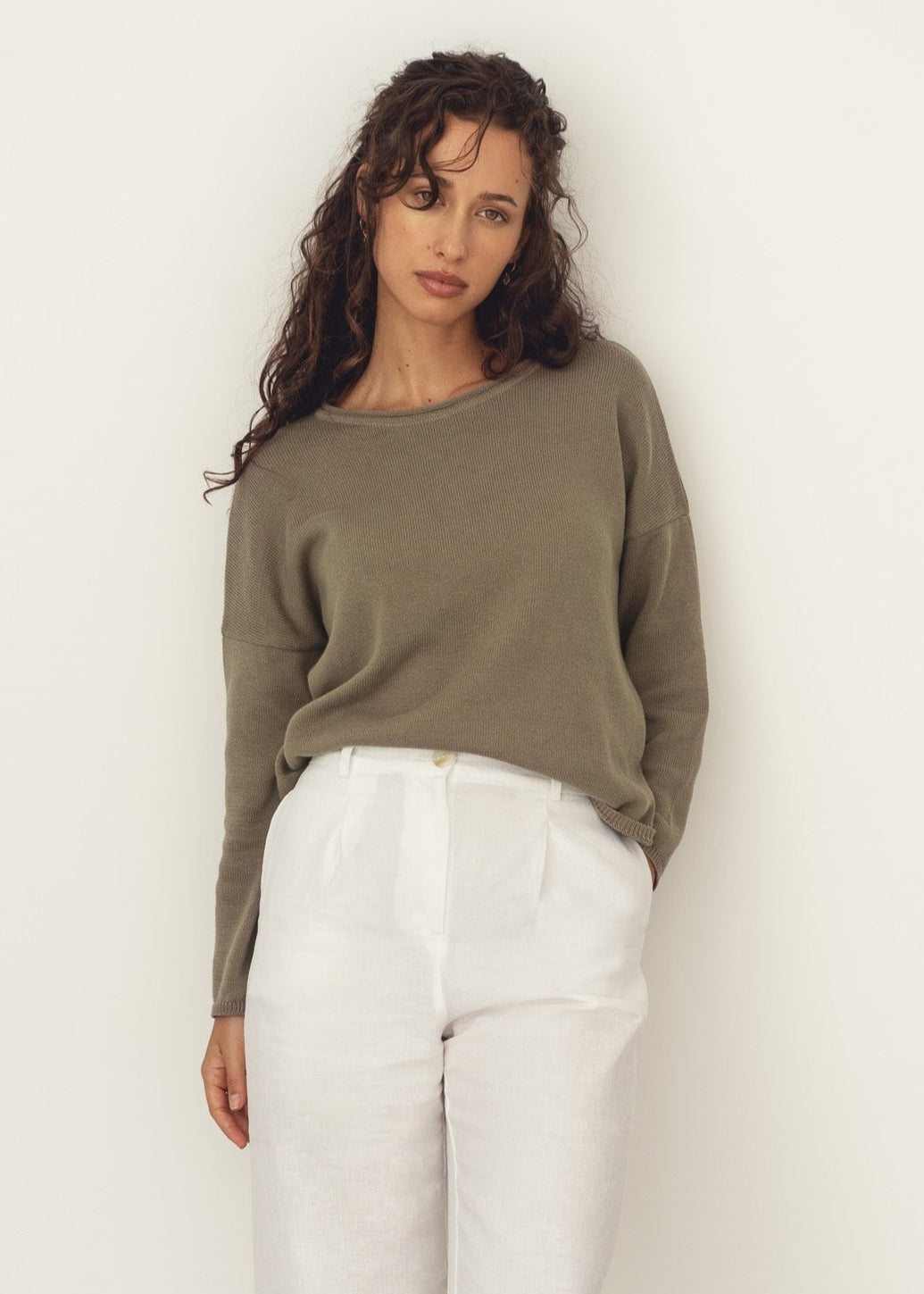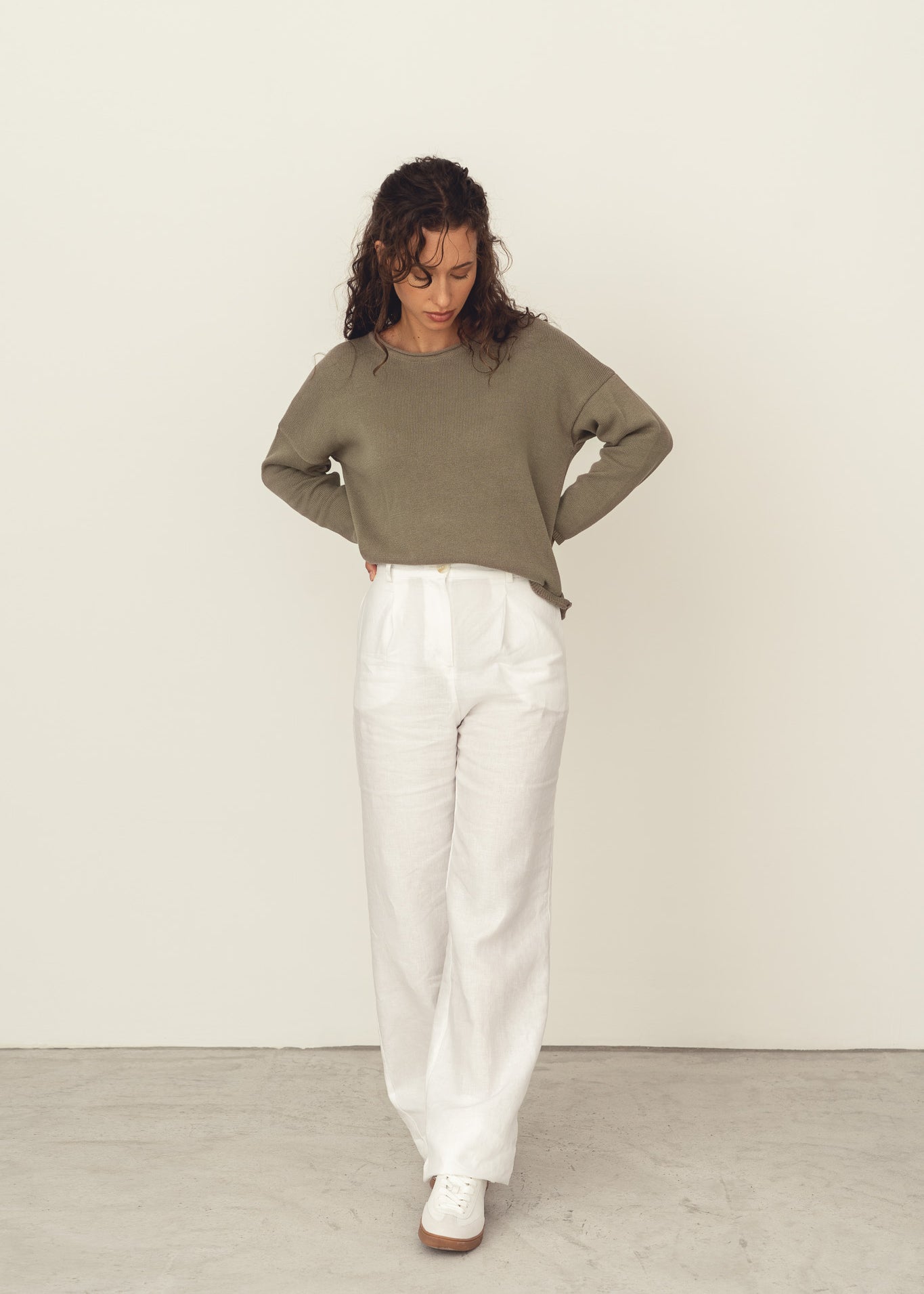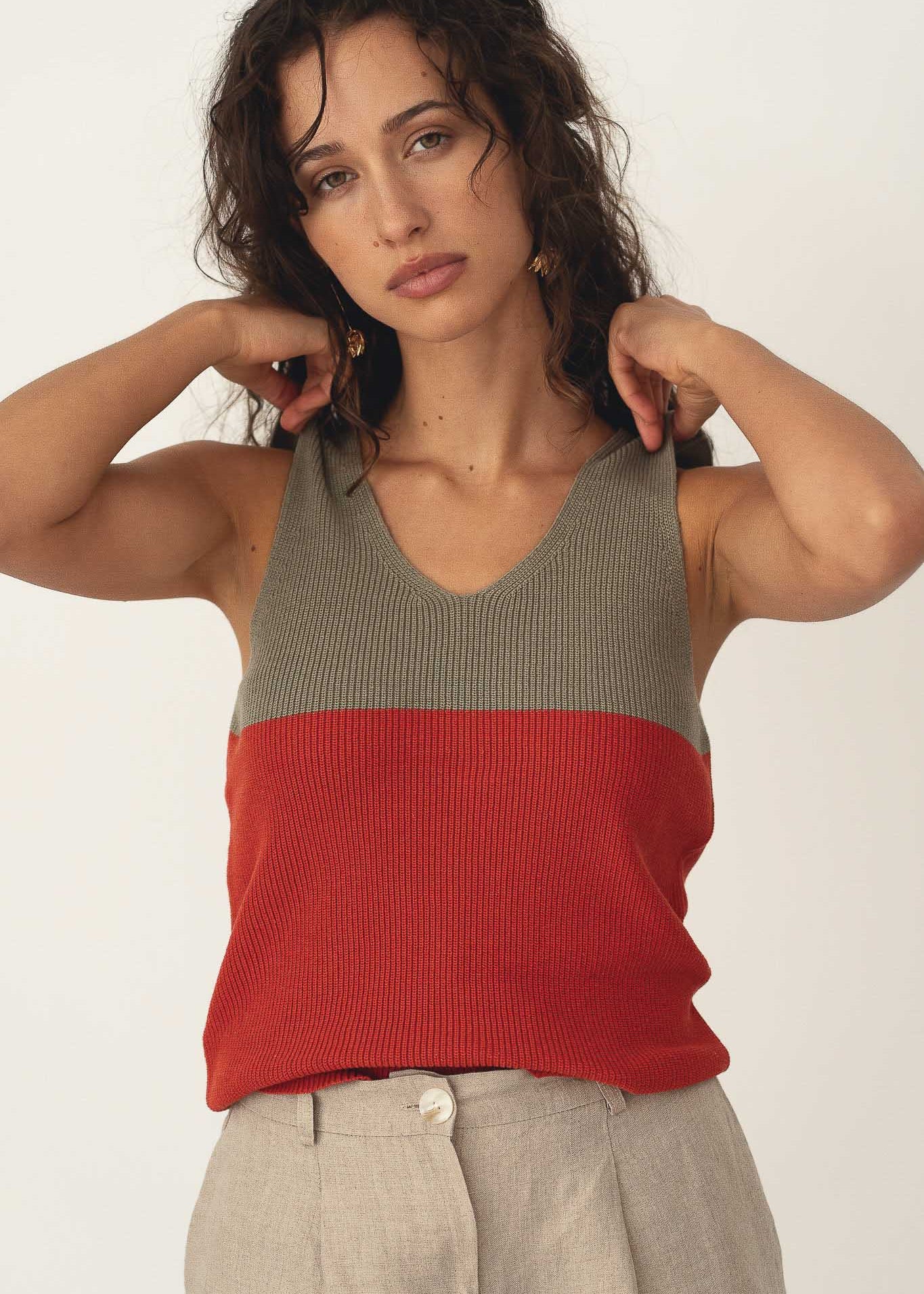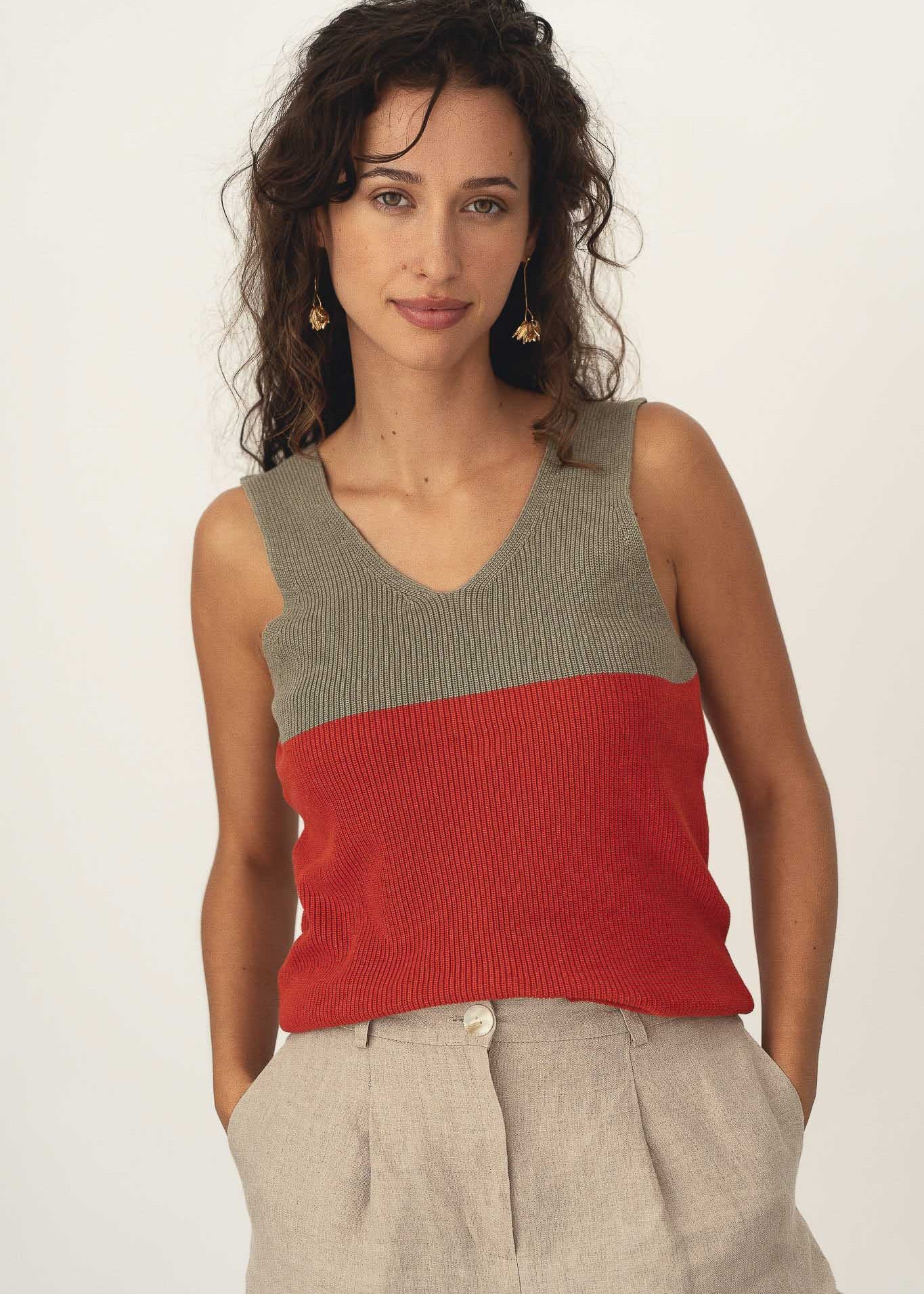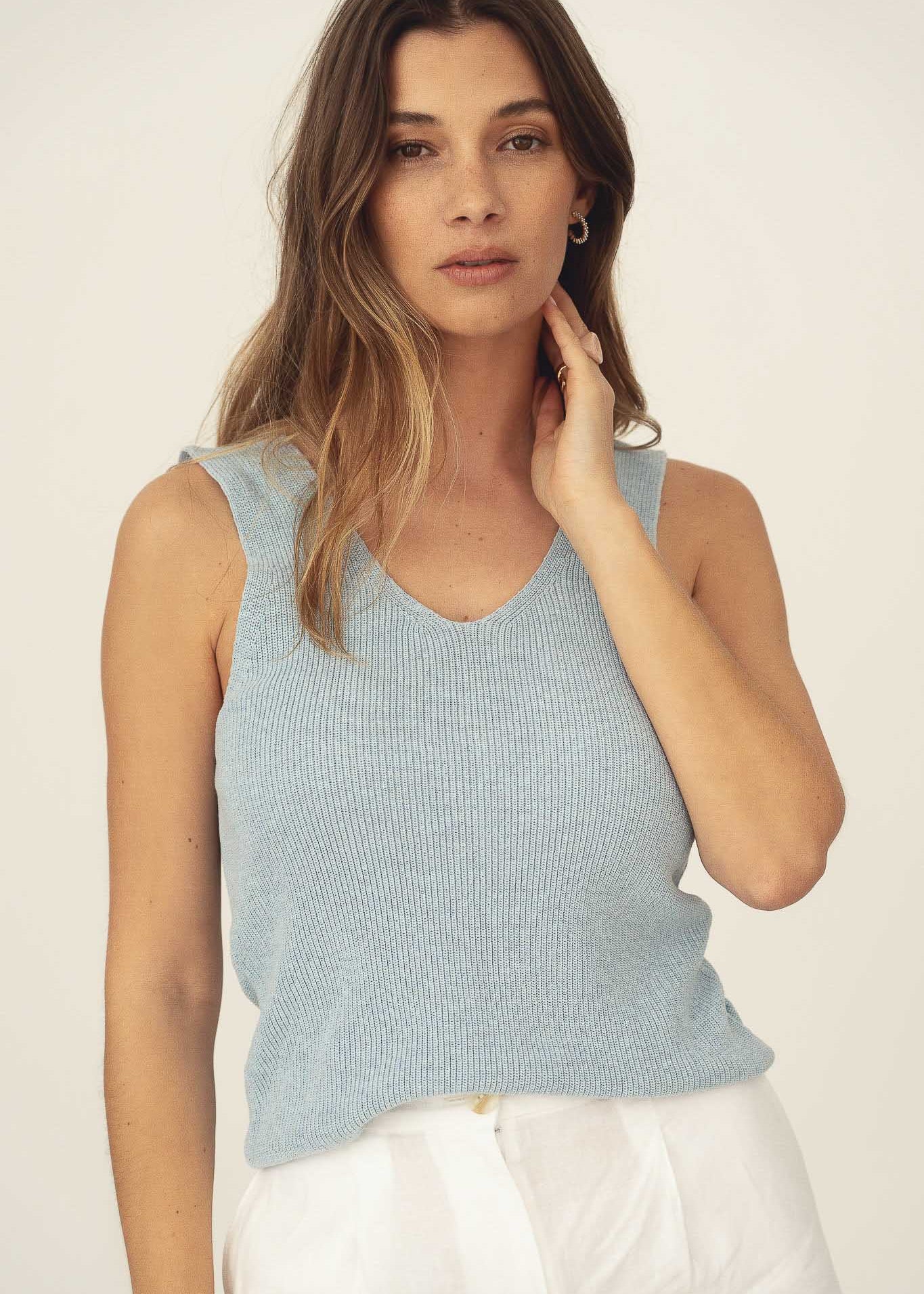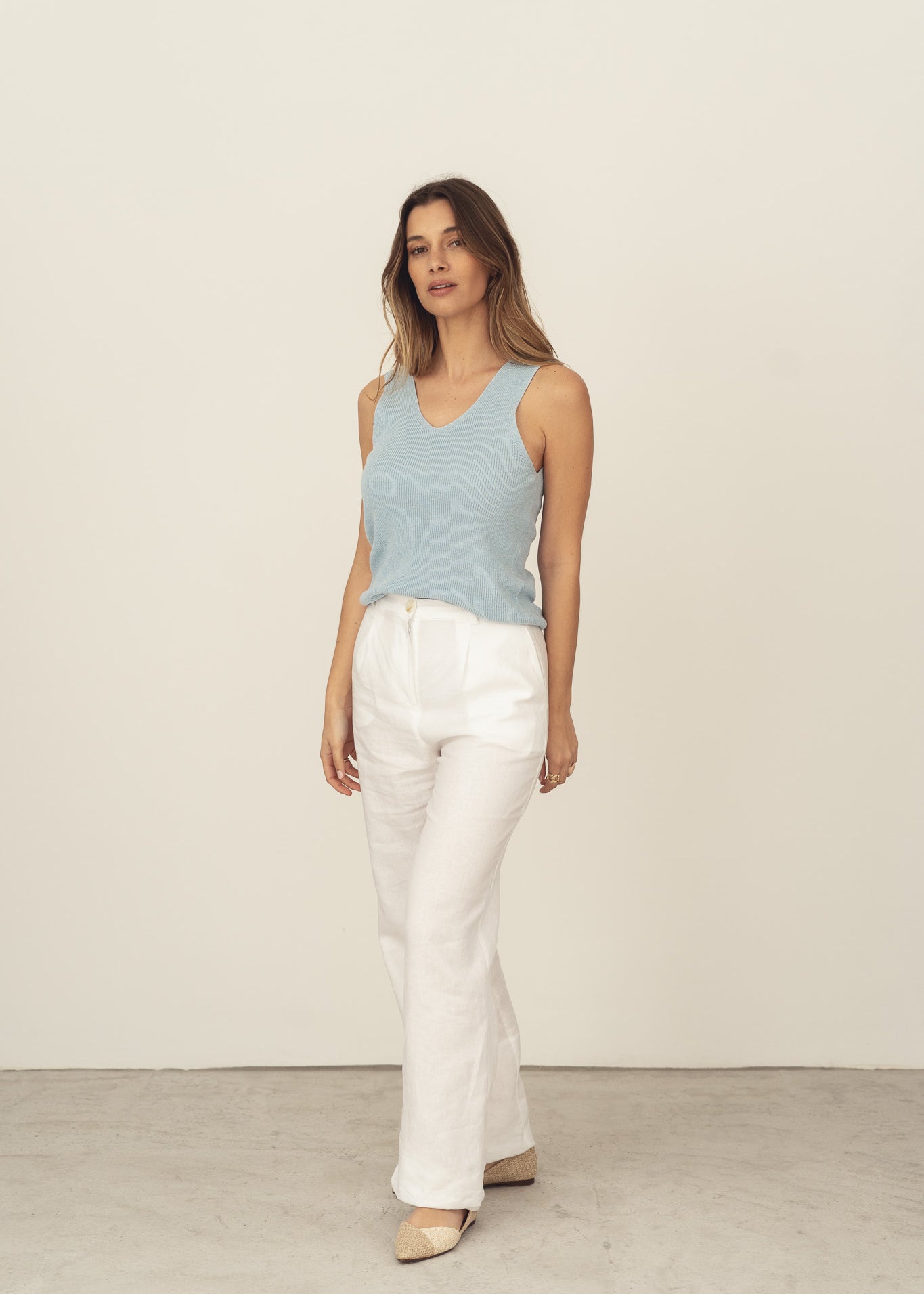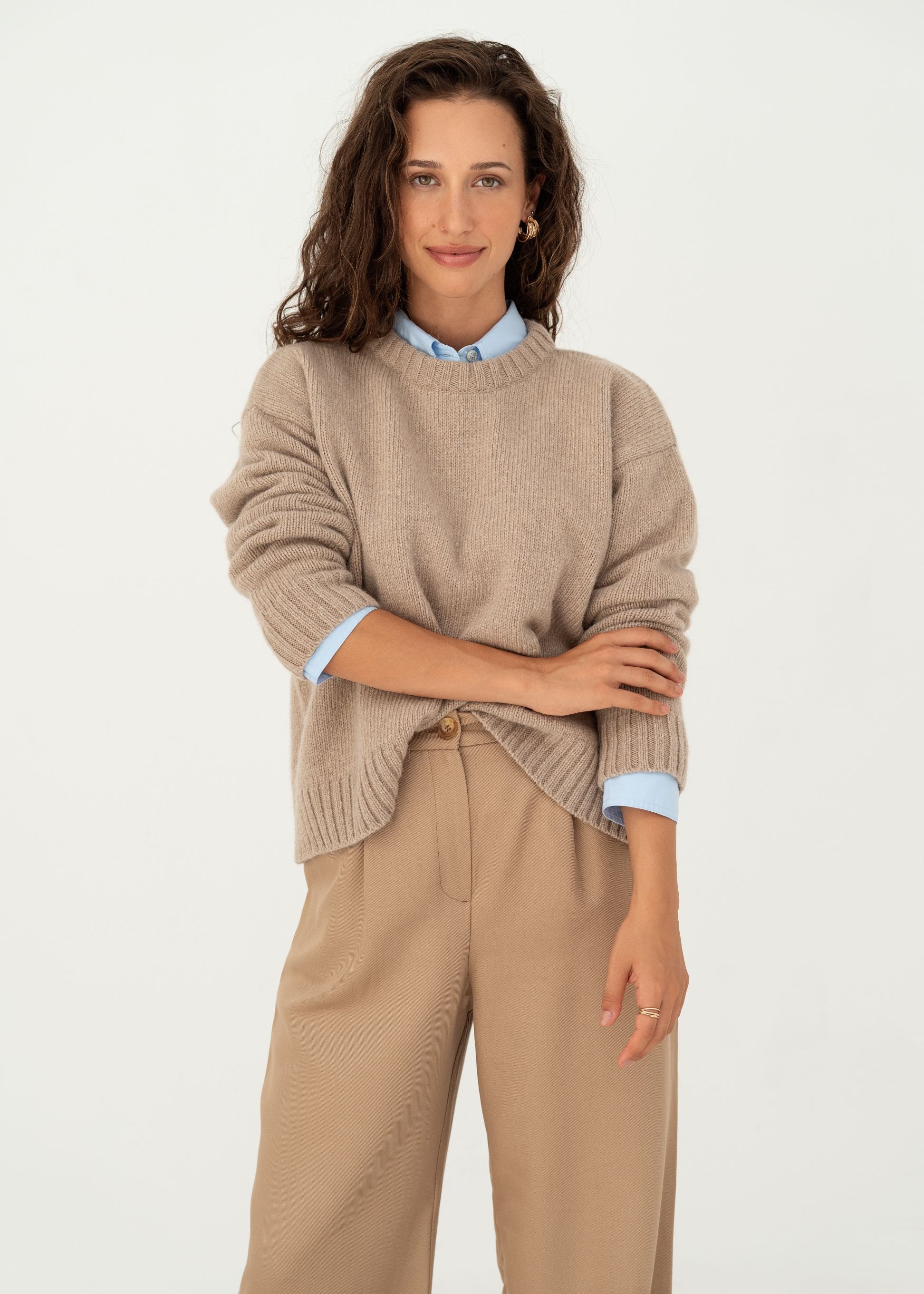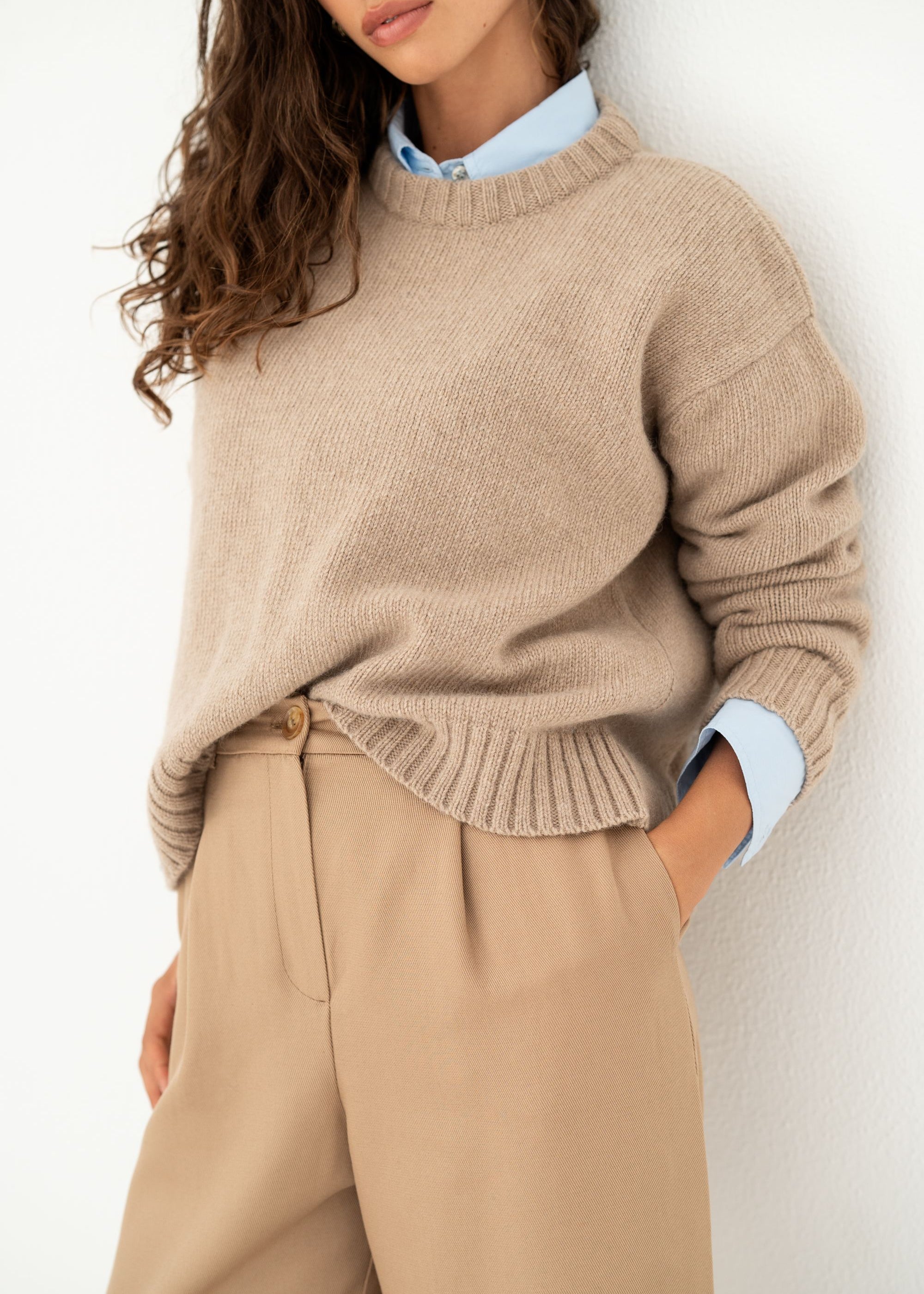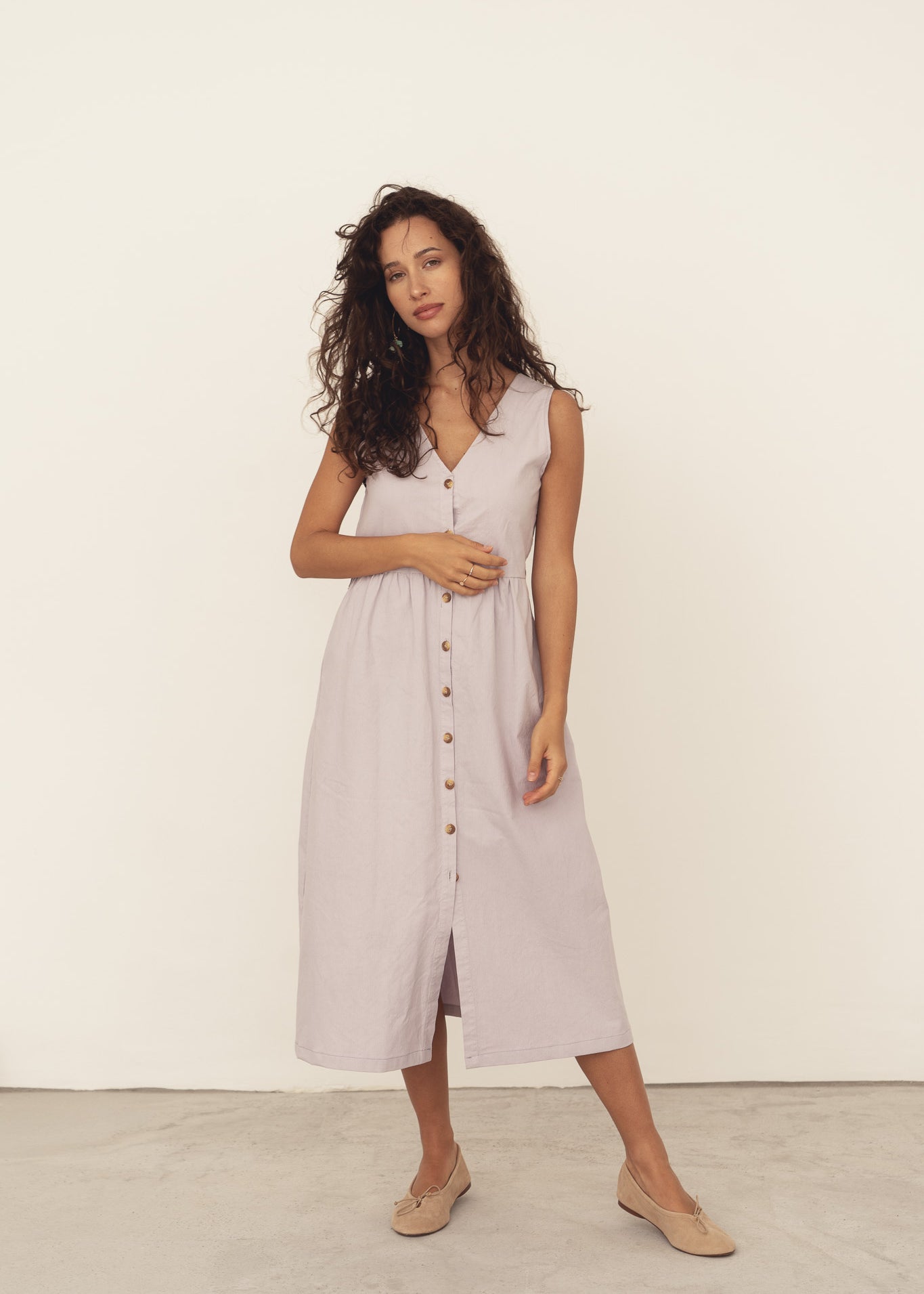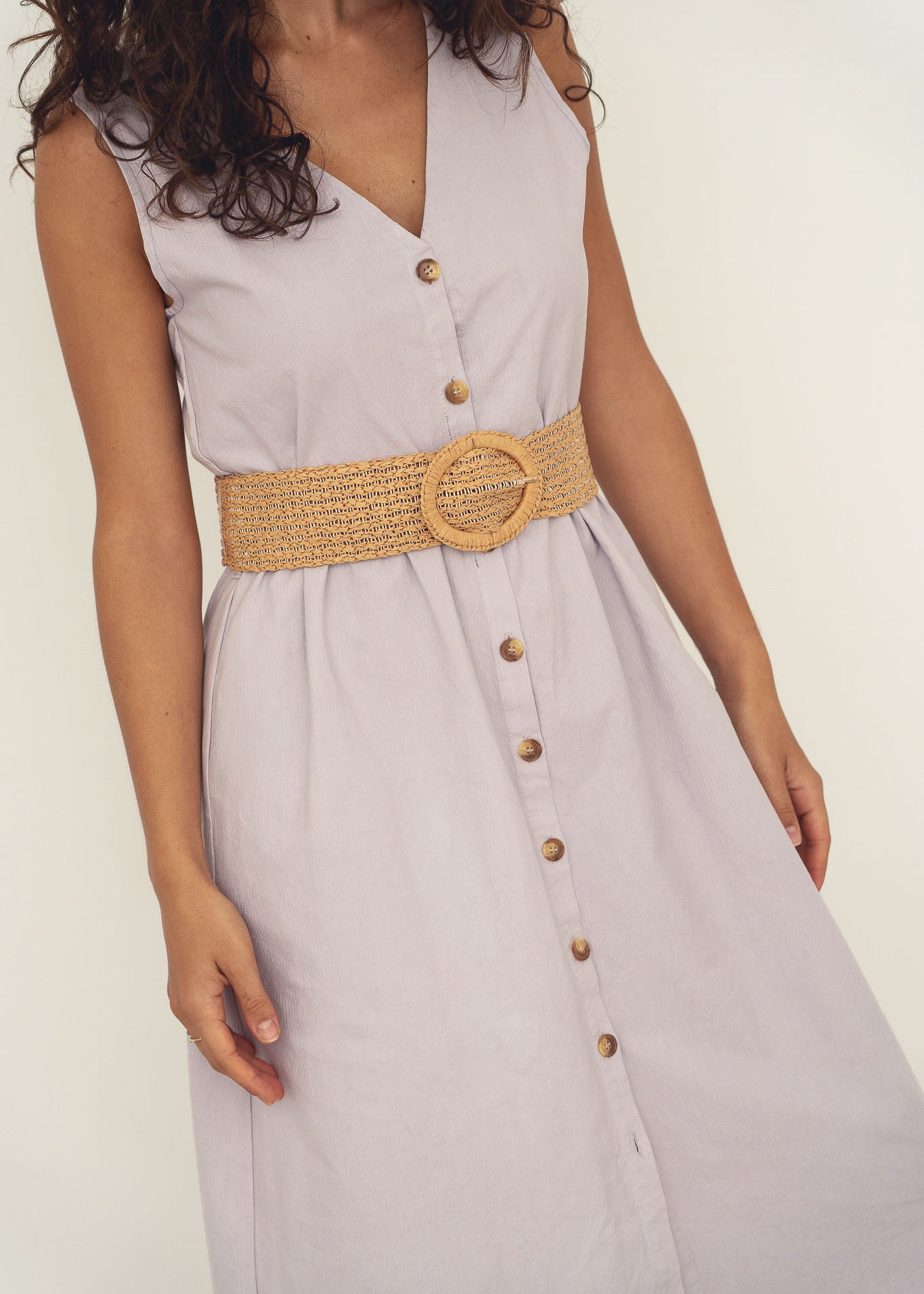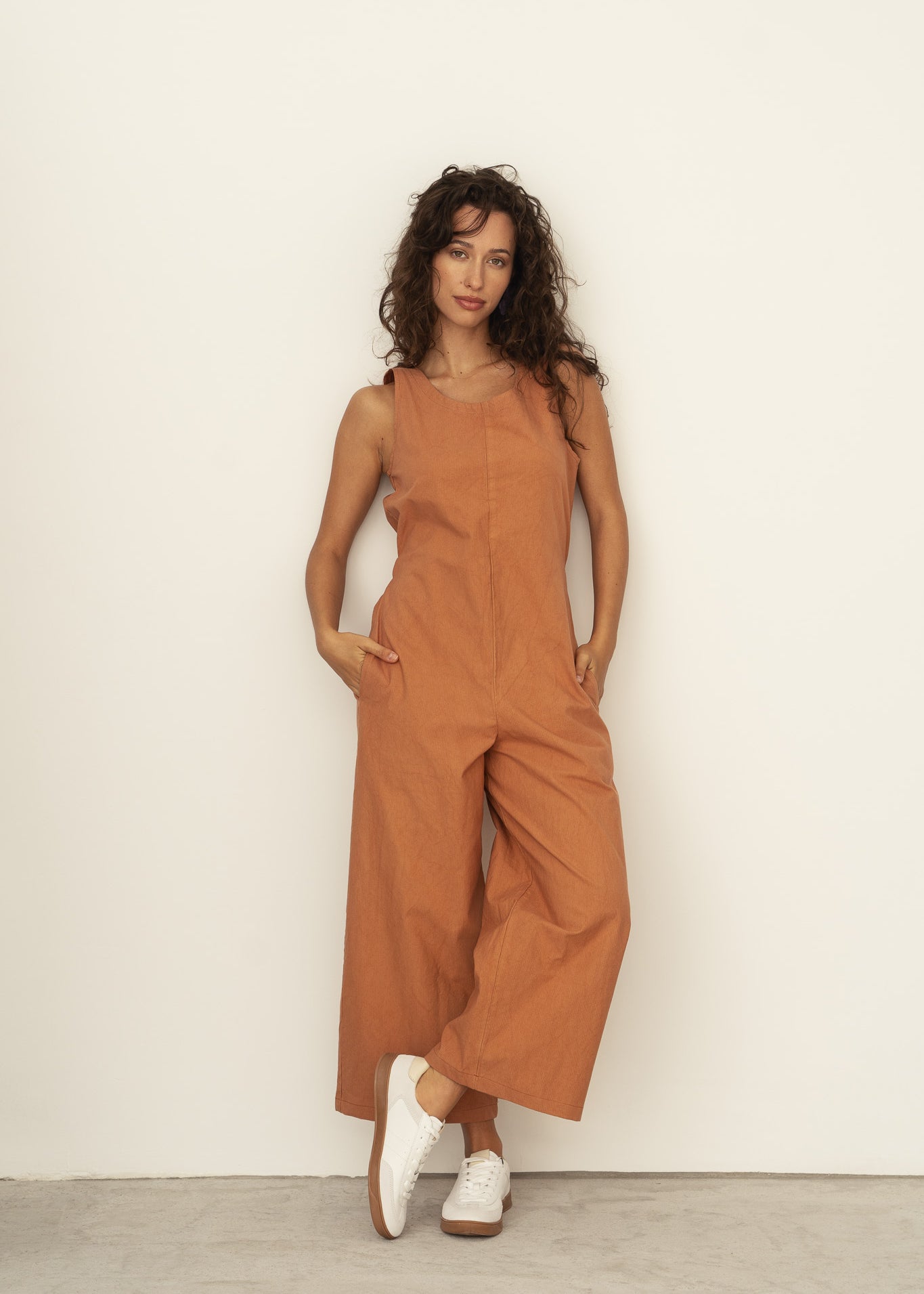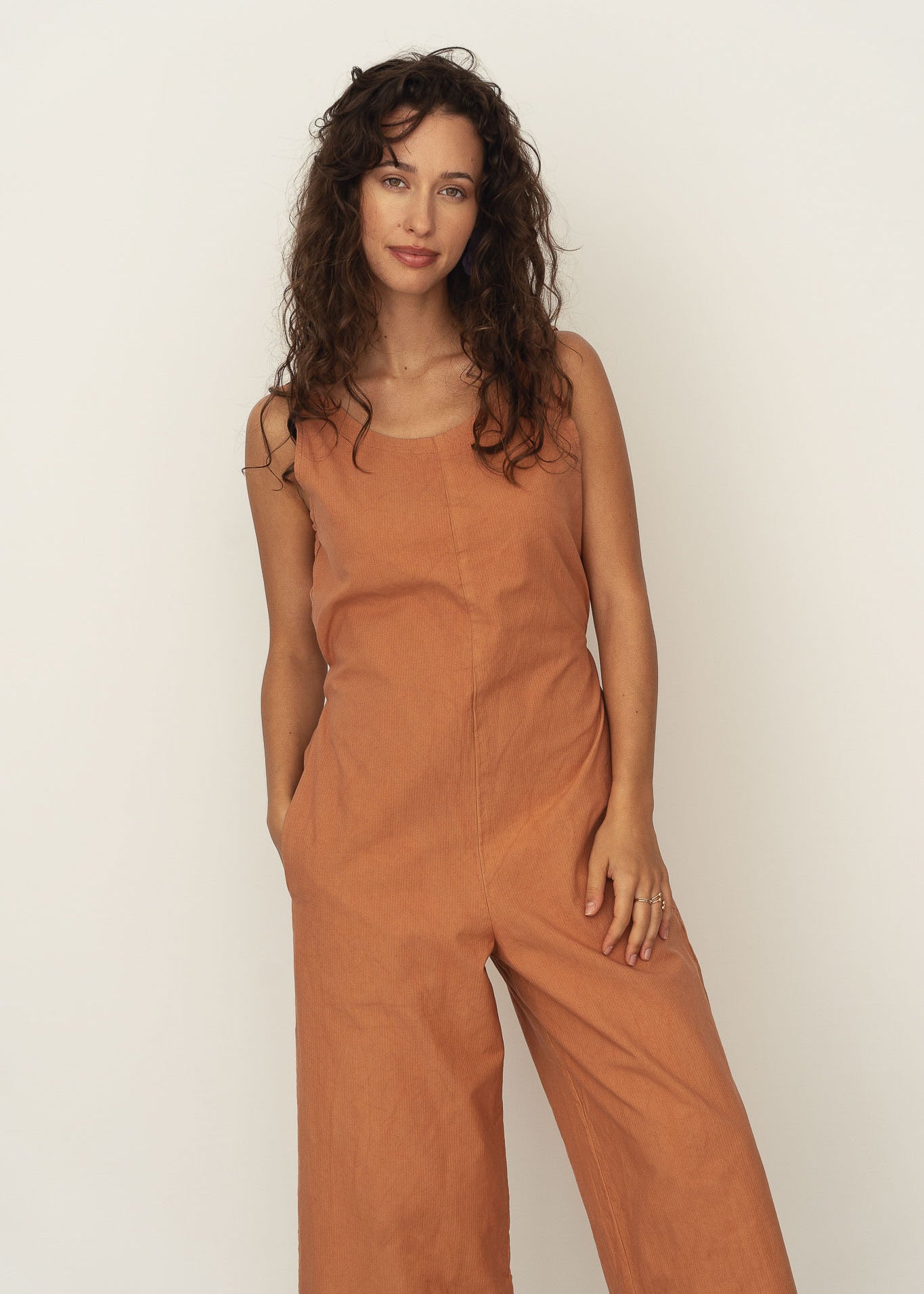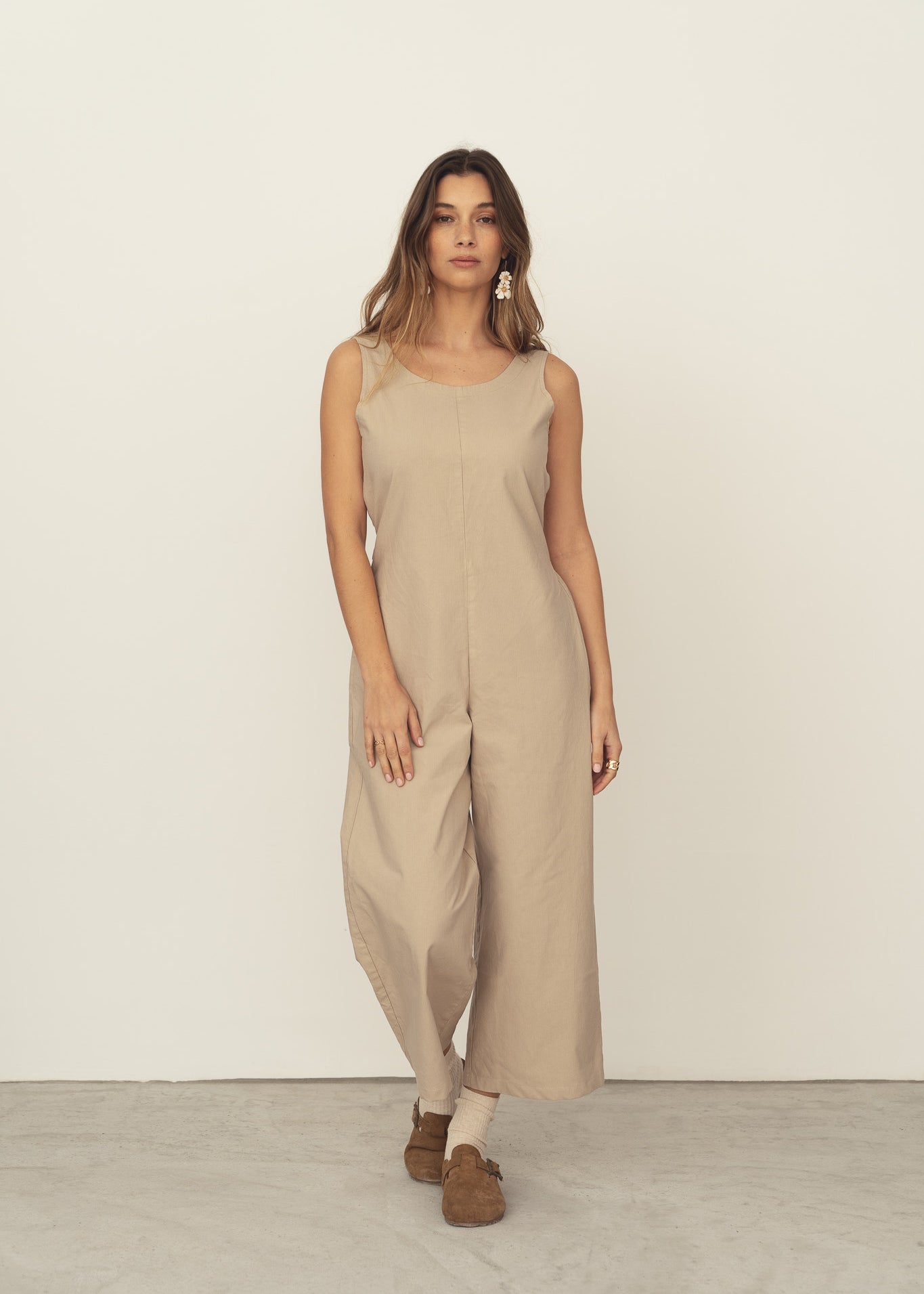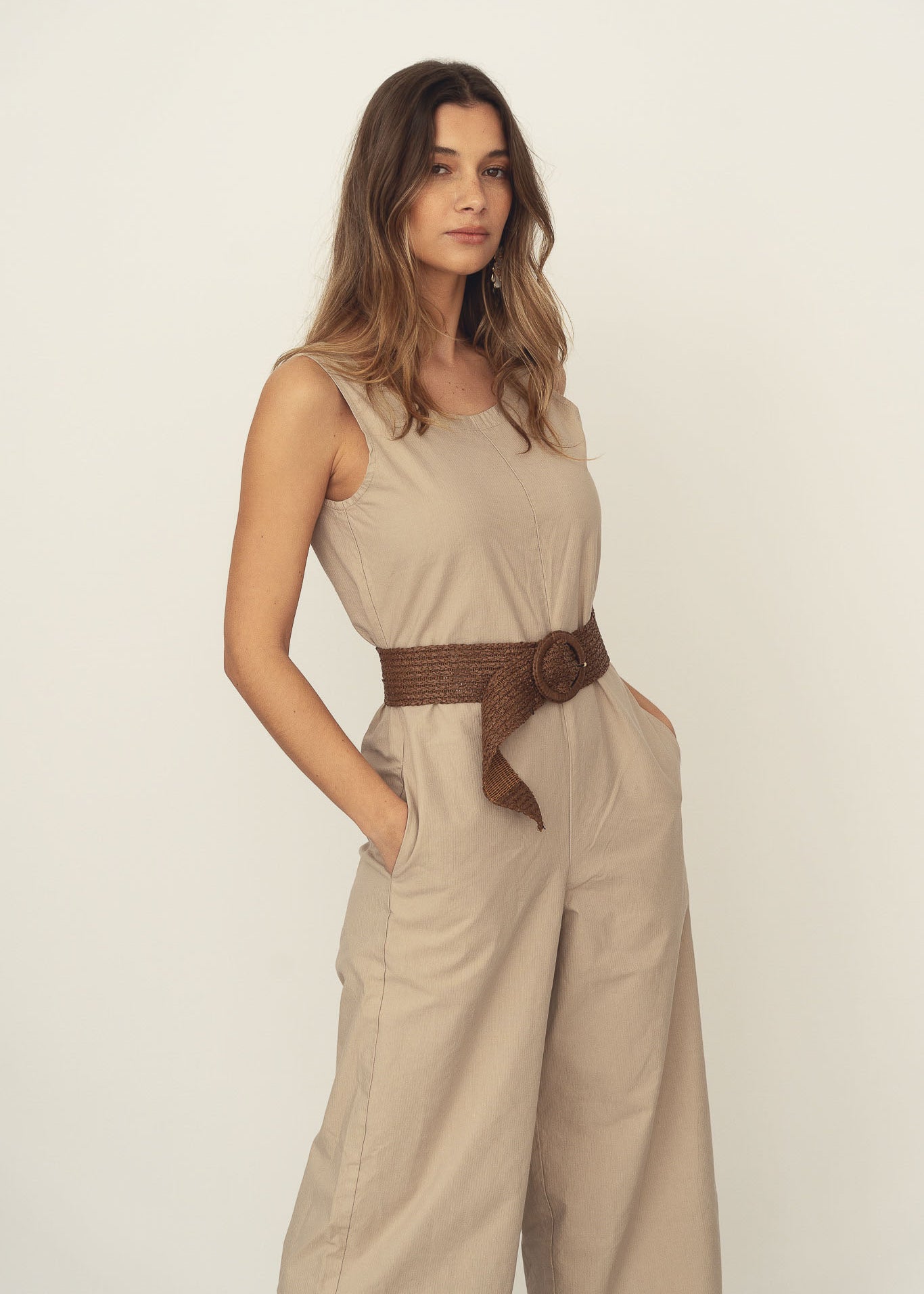Sustainable Clothing Fibers
It all starts with the best ingredients right?
We believe in creating beautiful clothing that’s kind to the planet. The biggest impact of clothing is after its production, so quality and the social consciousness of fashion are definitely on our top priorities.
Nevertheless, our founder true love lies within textile fibers so the materials we choose are a core part of our commitment to sustainability.
Ecological
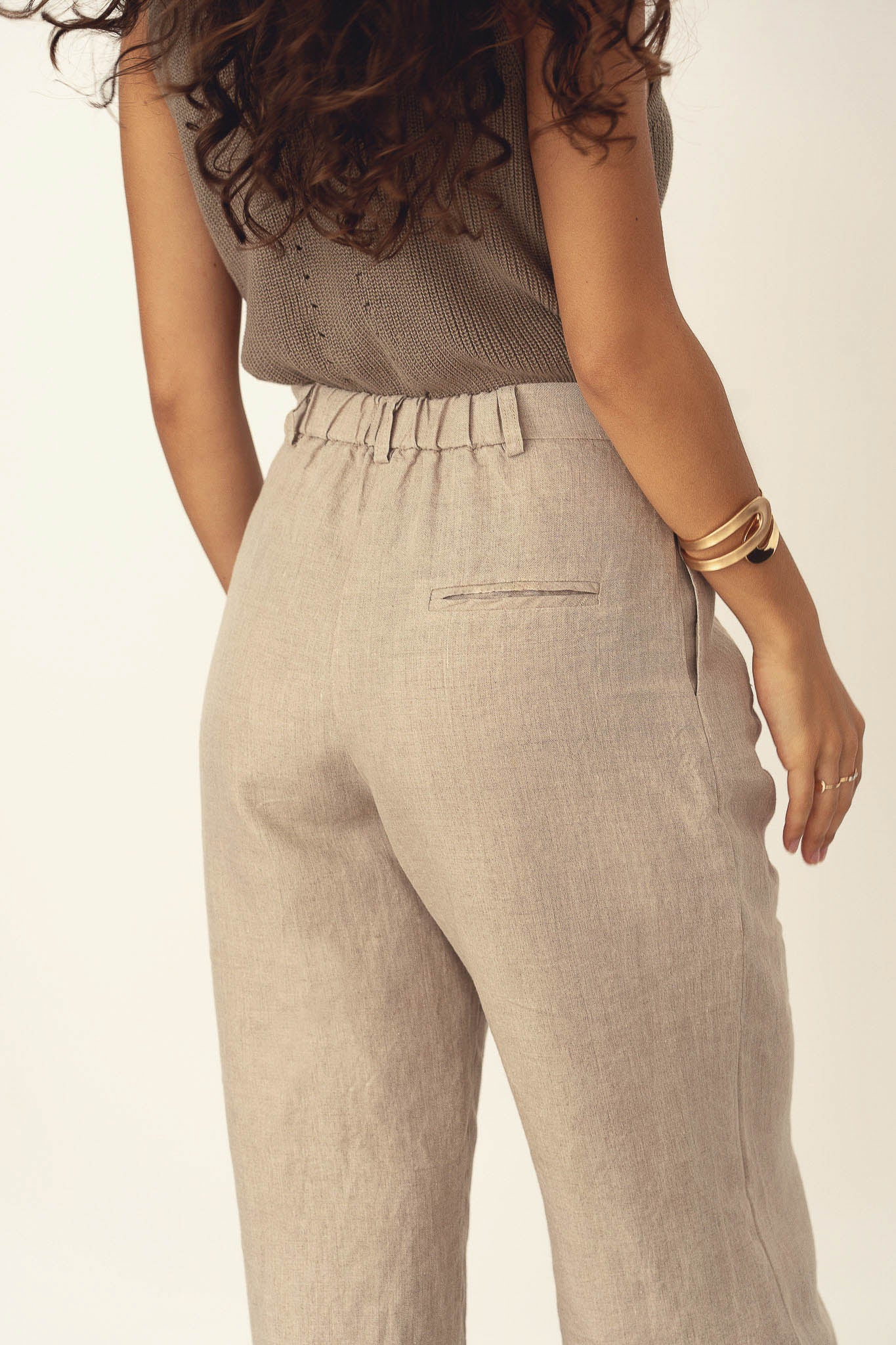
Ecological Products
Just in case we can’t find our surplus fellows, we go for new fabrics. Always with the impact of our choices in mind, we gather around with our partners to find some ecological, light and safe fabrics for the planet and for you.
Recyced Materials
By choosing recycled wool, we're not only crafting high-quality products but also reducing our carbon footprint, saving 11 kilos of CO2 per kilo of fiber compared to virgin wool.
Our waterless, chemical-free, and dye-free recycling process minimizes waste. Plus, our products are fully traceable and locally made within a 50-kilometer radius, supporting a sustainable and community-centered approach. Join us on our green journey!
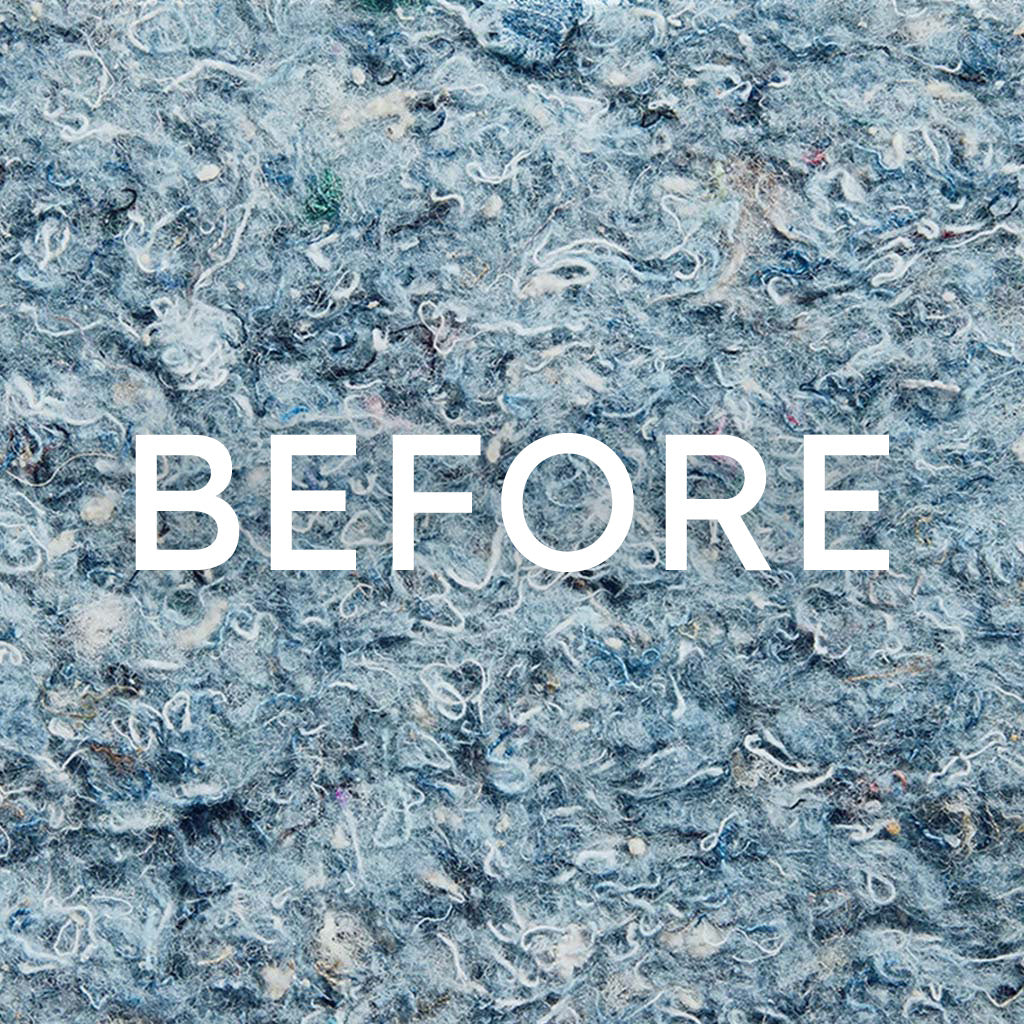
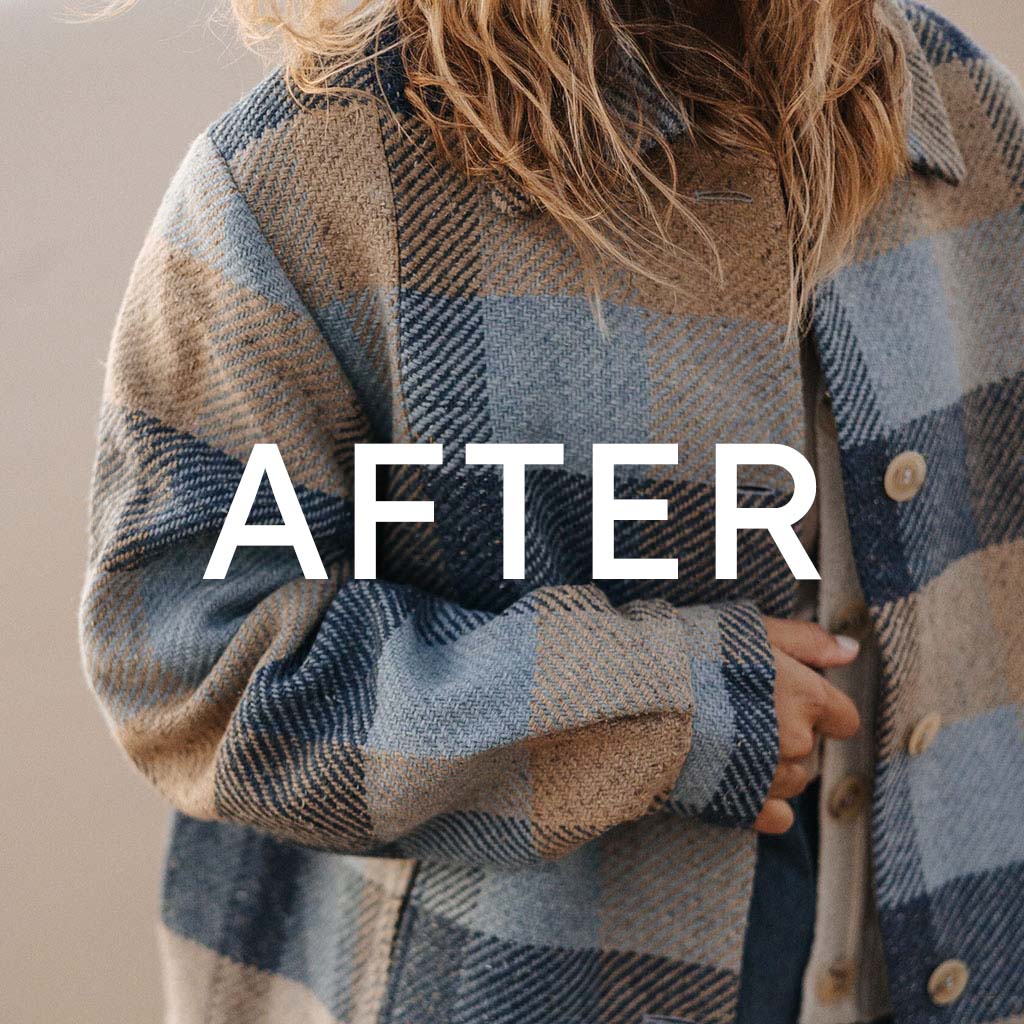
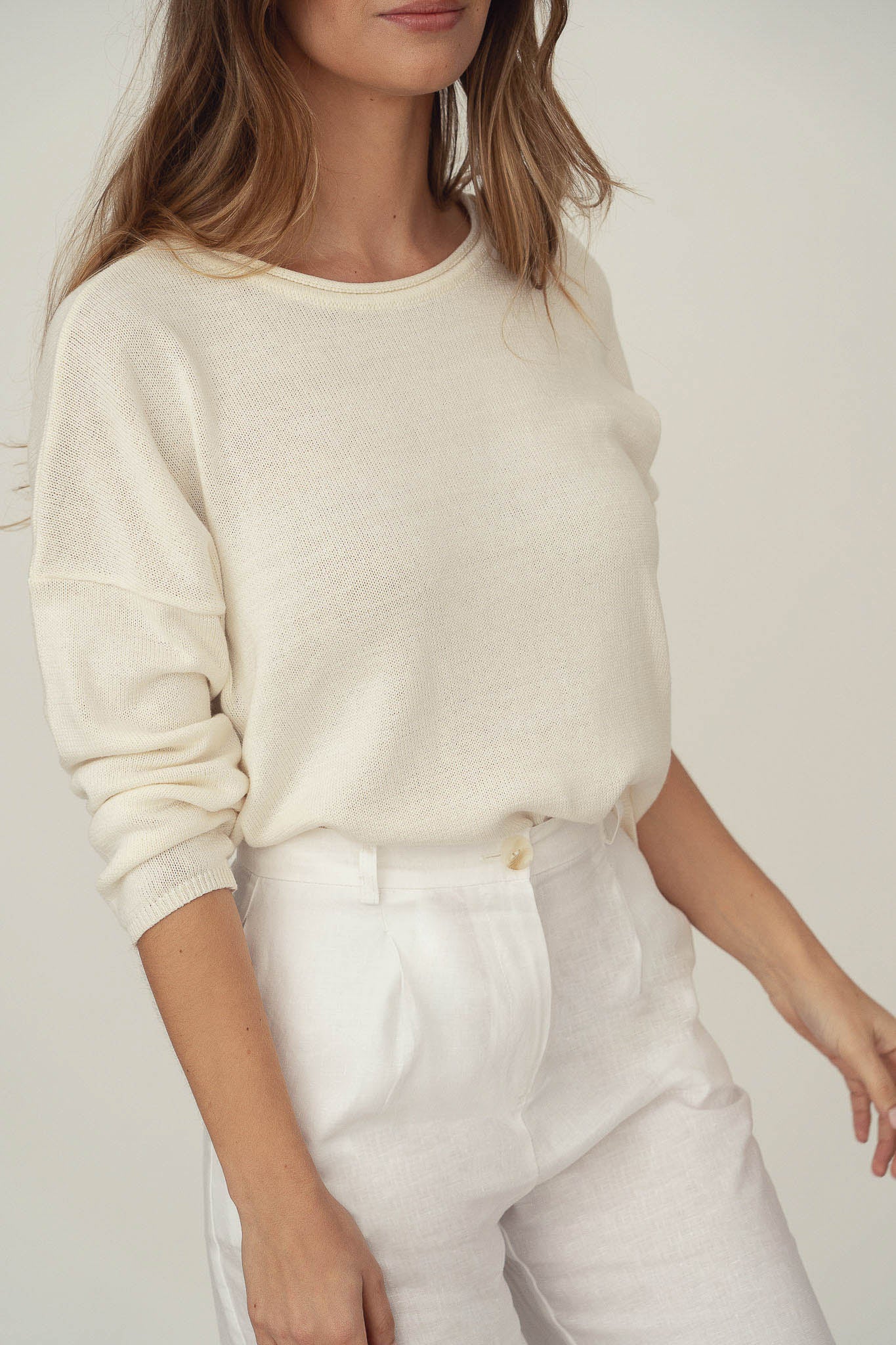
Products with Recycled Fibers
GRS certified yarns that can either be pre-consumer or post-consumer waste. We still have a long way to full circularity but we're walking the path.
Sofie Sweater
Claudia Recycled Jumper
Deadstock Fabrics
Let's face it, we have enough fabric in the world to stop producing more right?
These fellows are leftover fabrics from textile factories who either overestimated their needs or had to produce more than they predicted due to minimum quantities orders of yarn.
Using what already exists is always better than producing new, since the impact of using deadstock fabrics that don’t need any transformation, is zero. Niente. Nichts. Zero burdens.
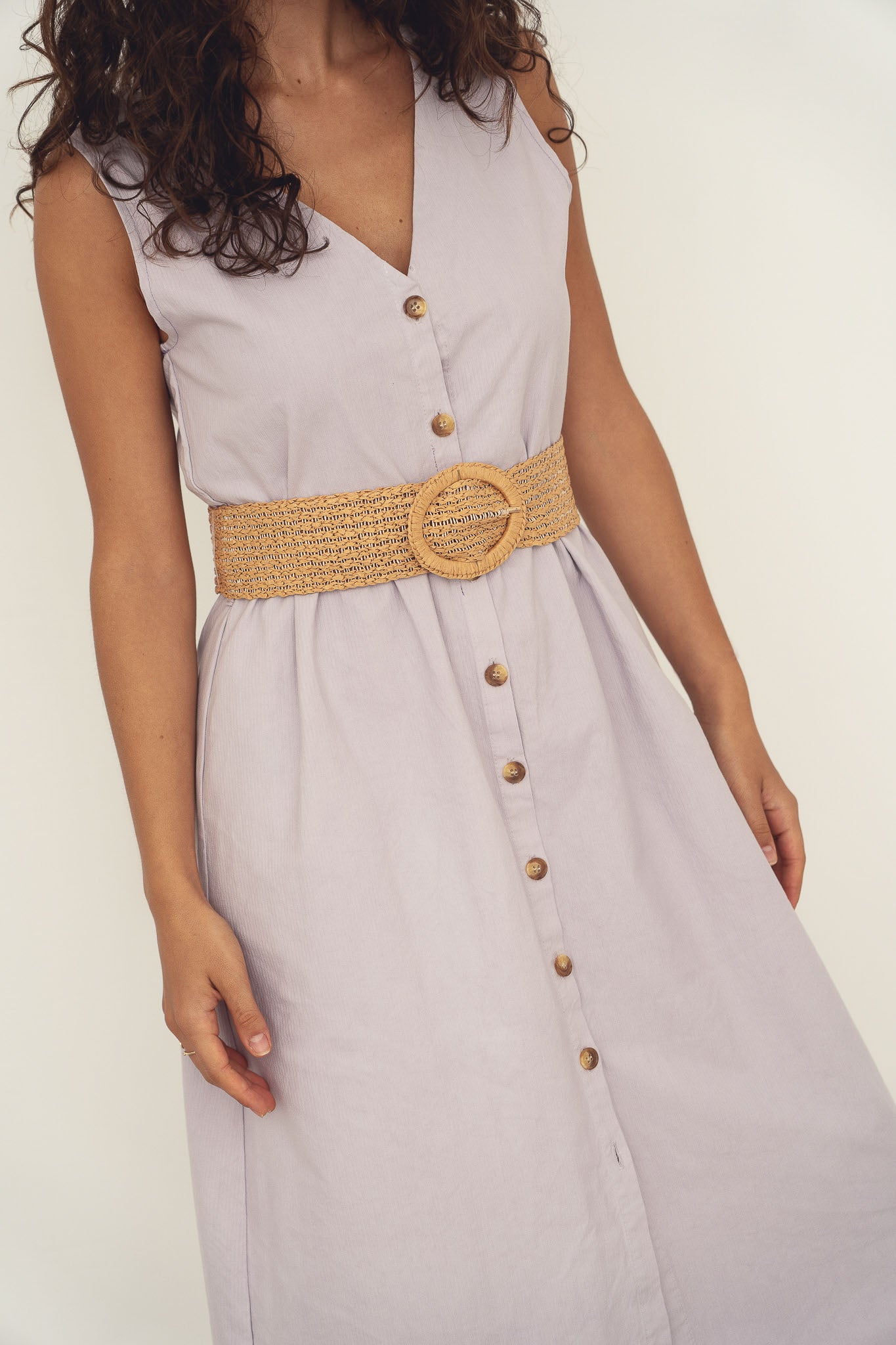
Products made with deadstock
Don't discriminate, they have the same quality as al of the above and even thought they were not intended to be eco-friendly, by giving them a new life they are even more.

